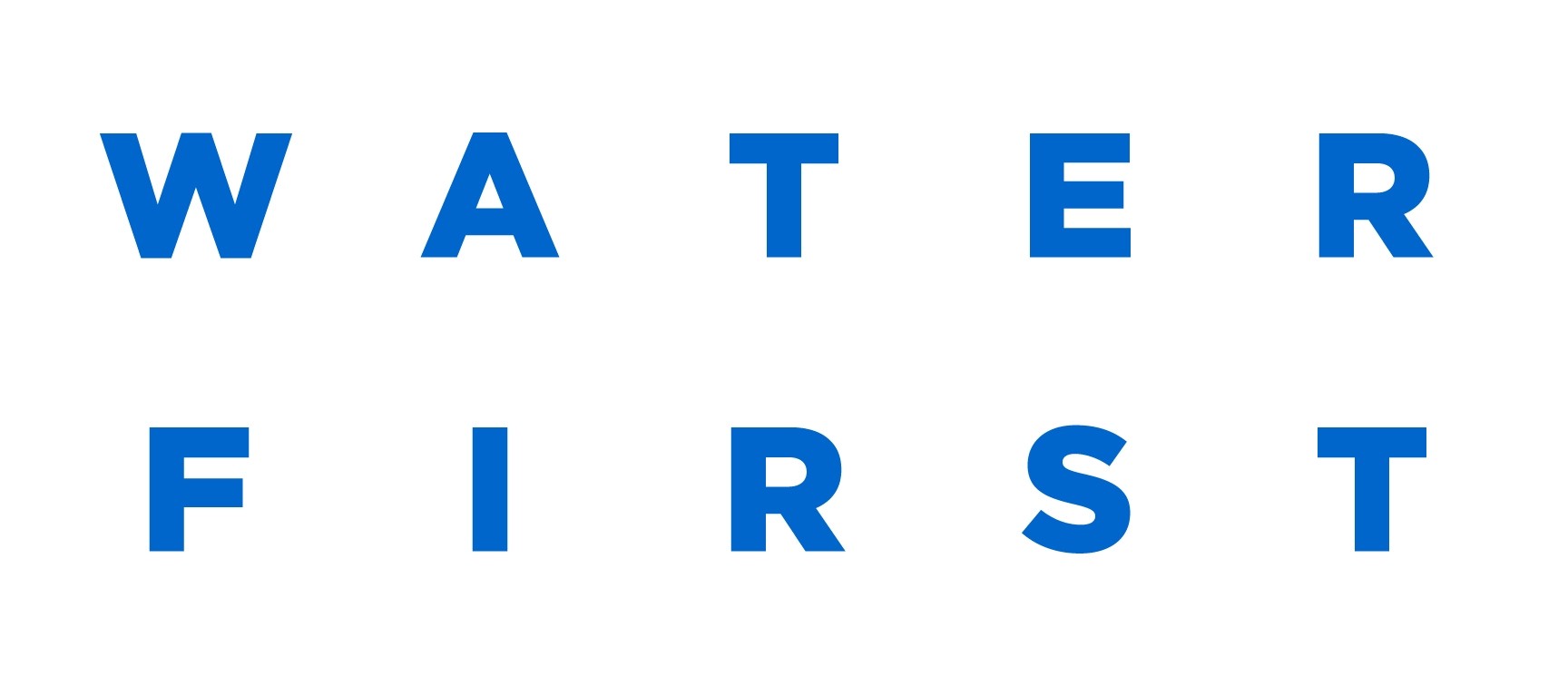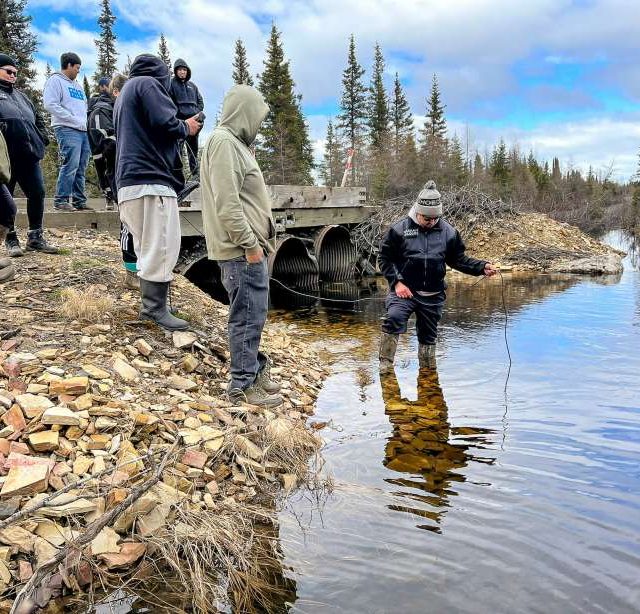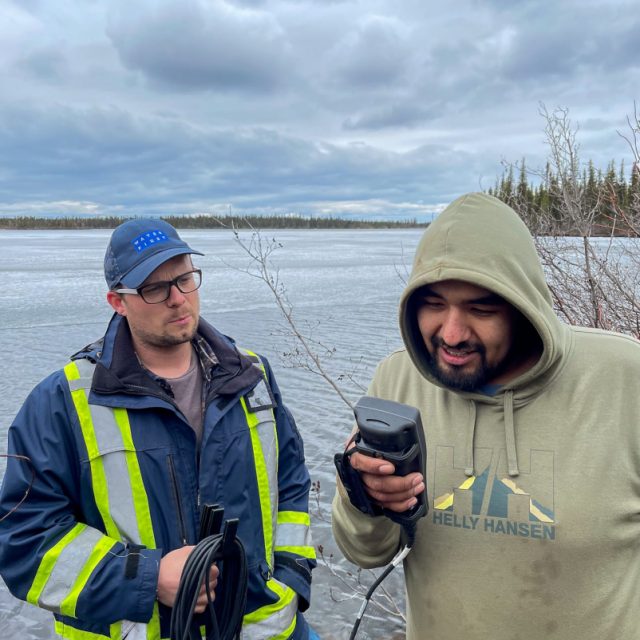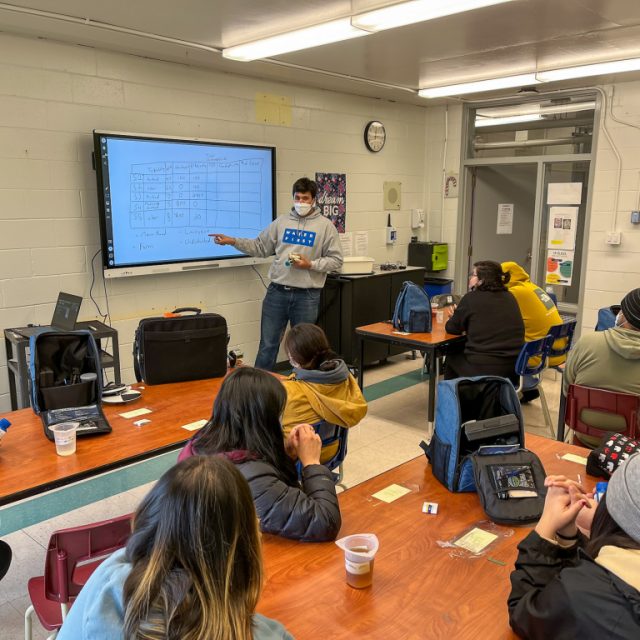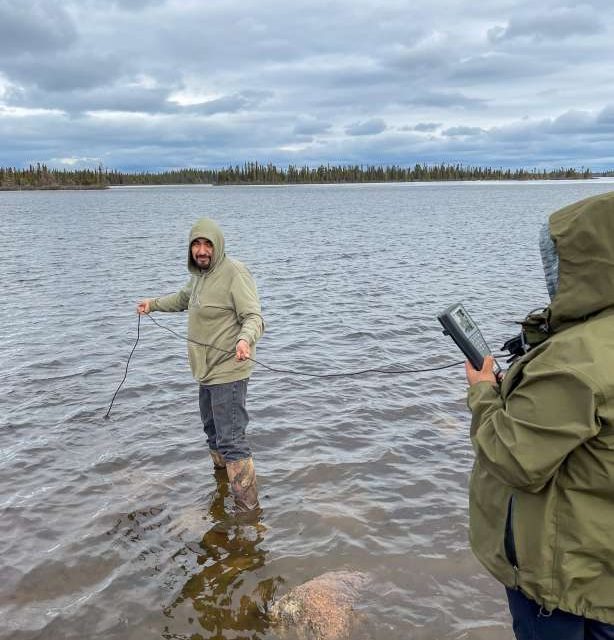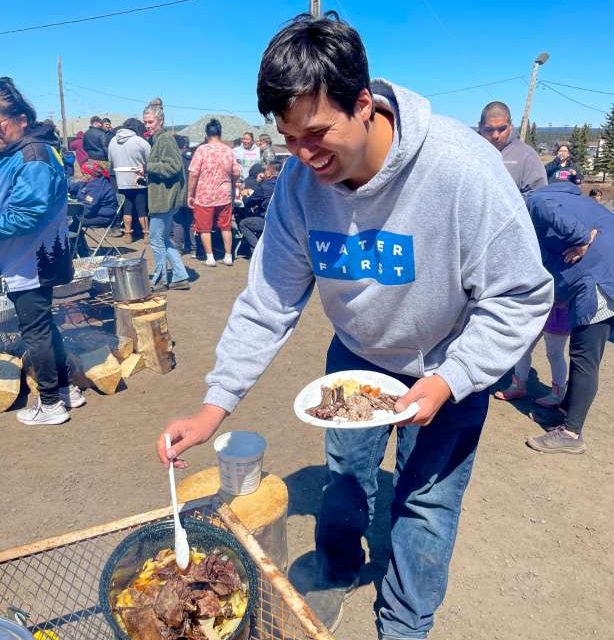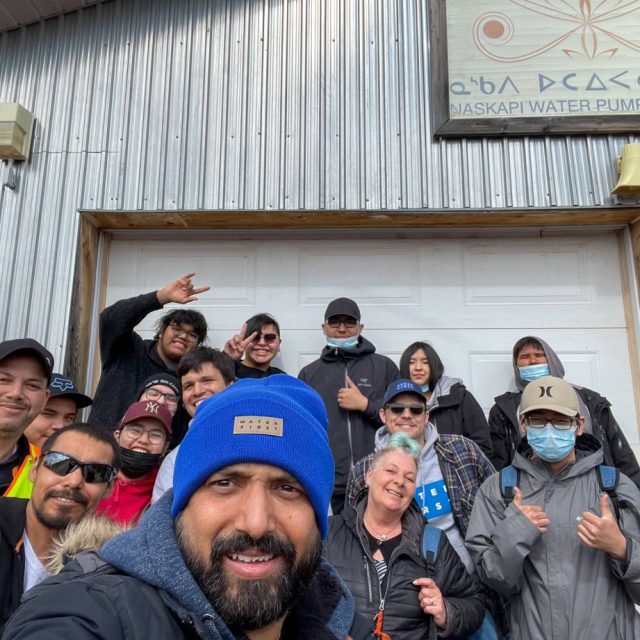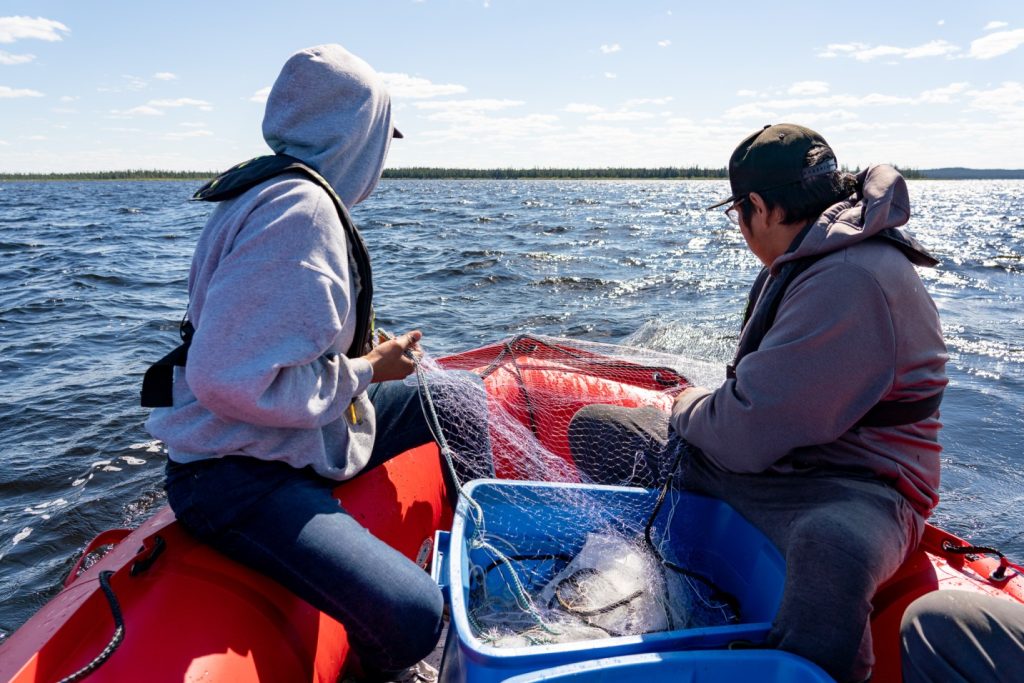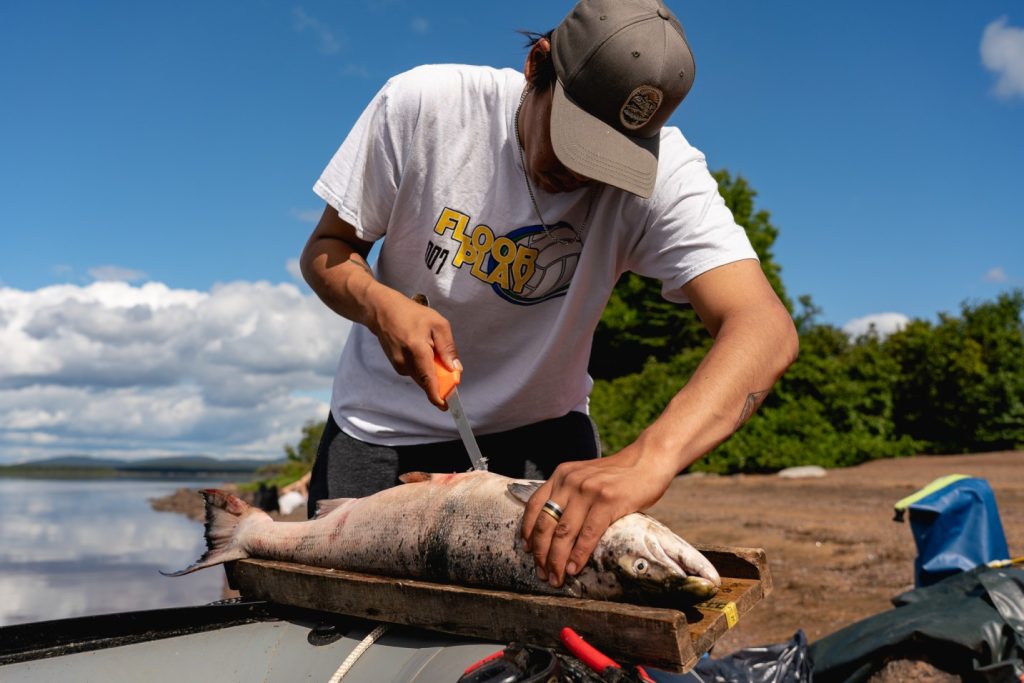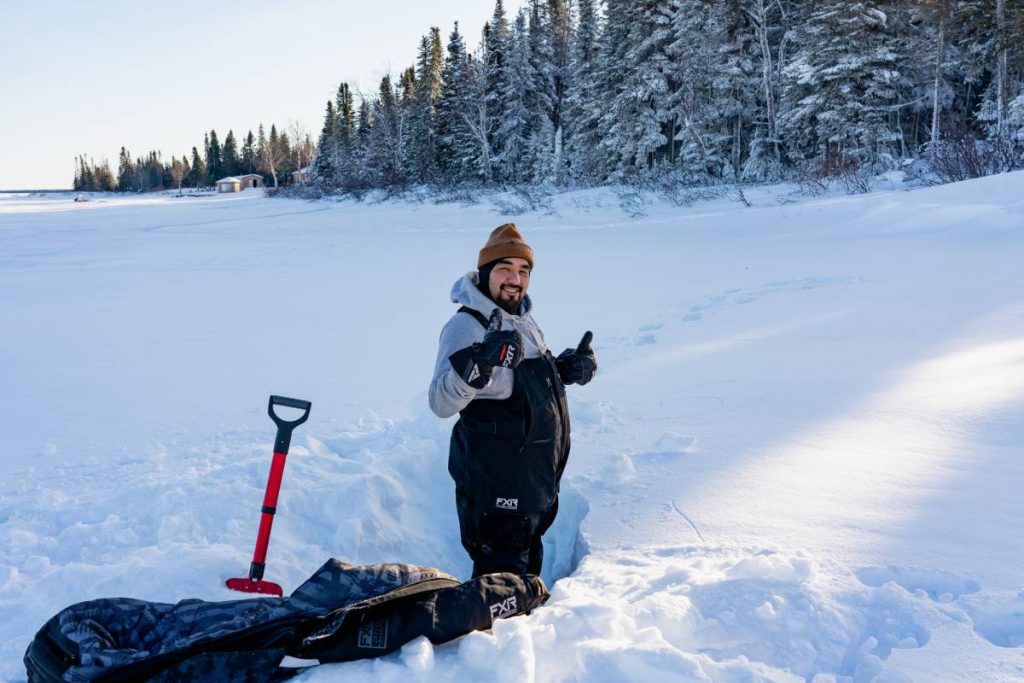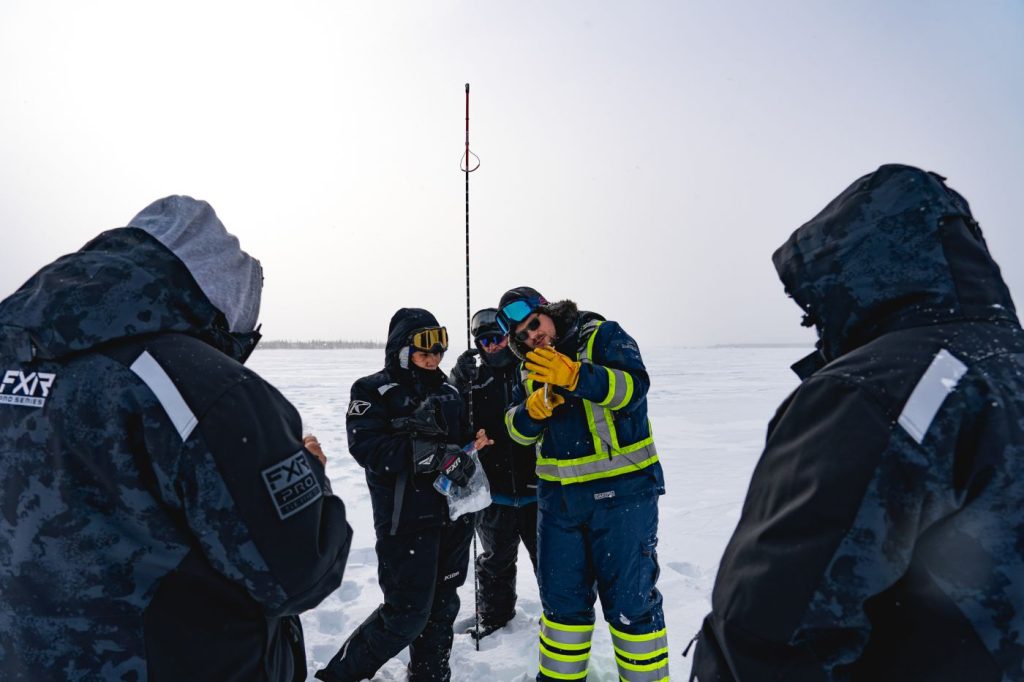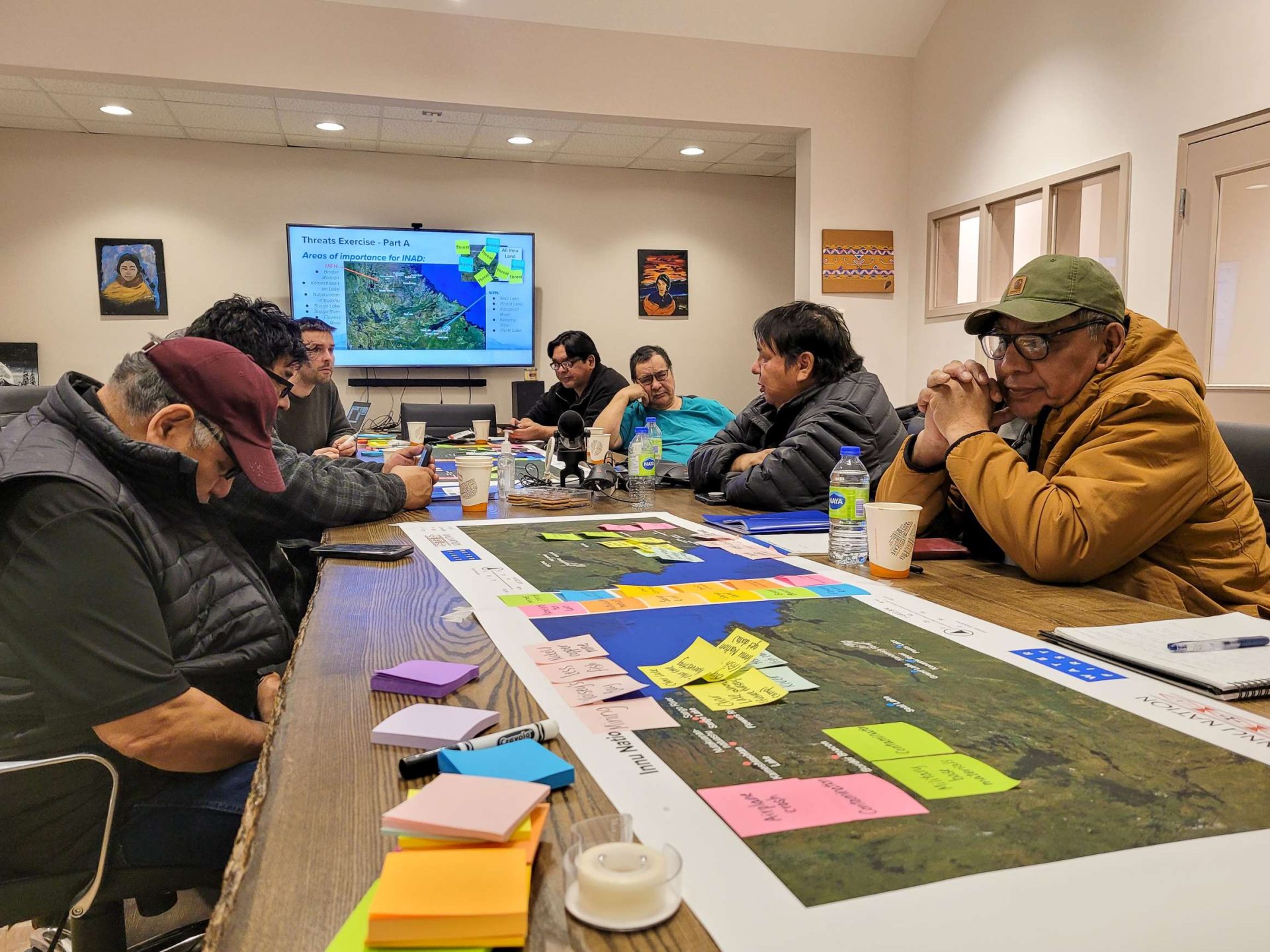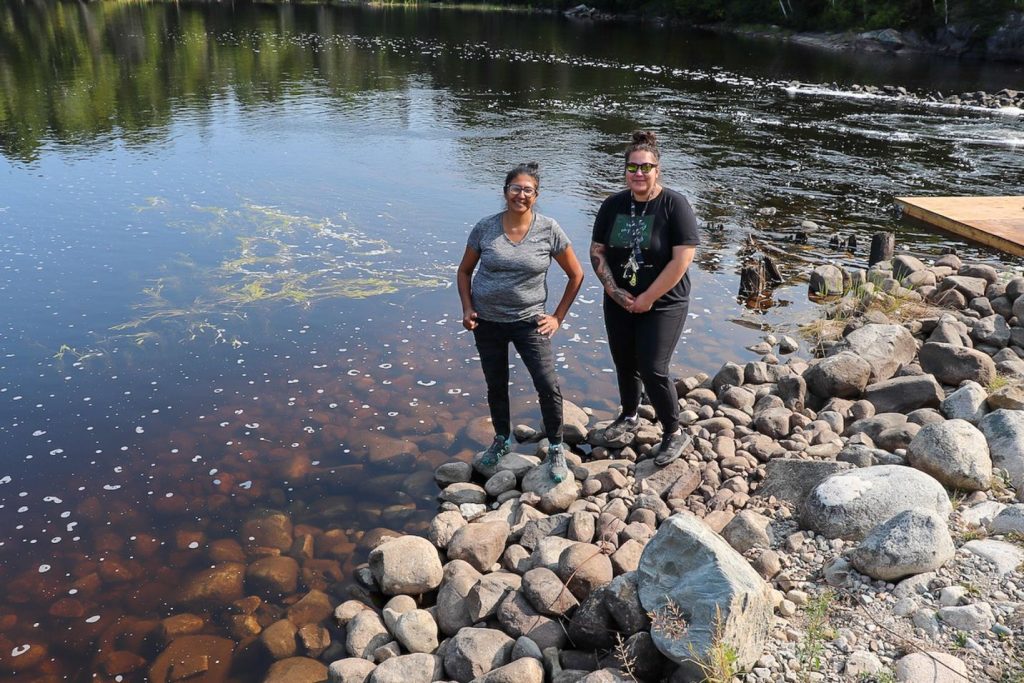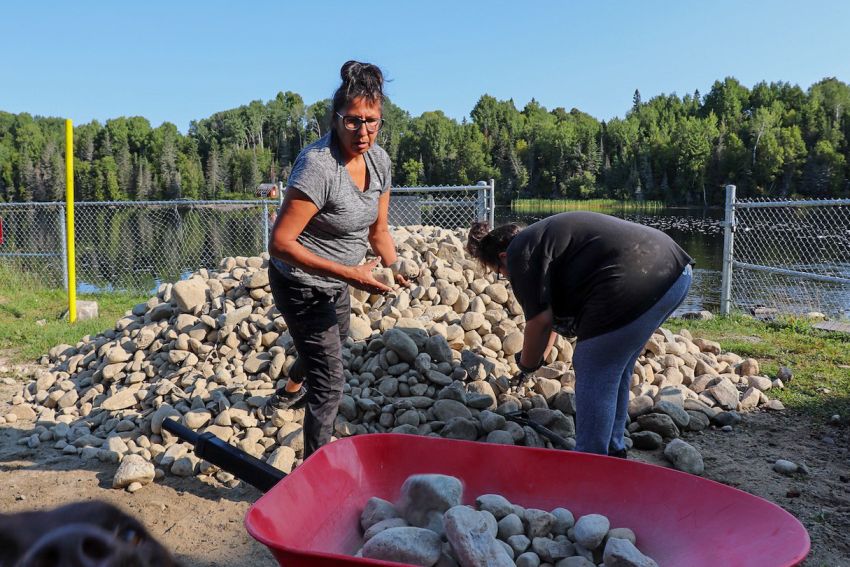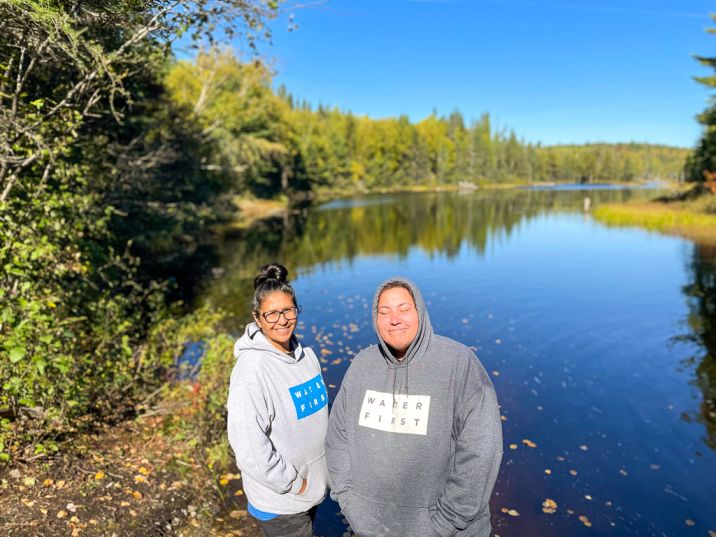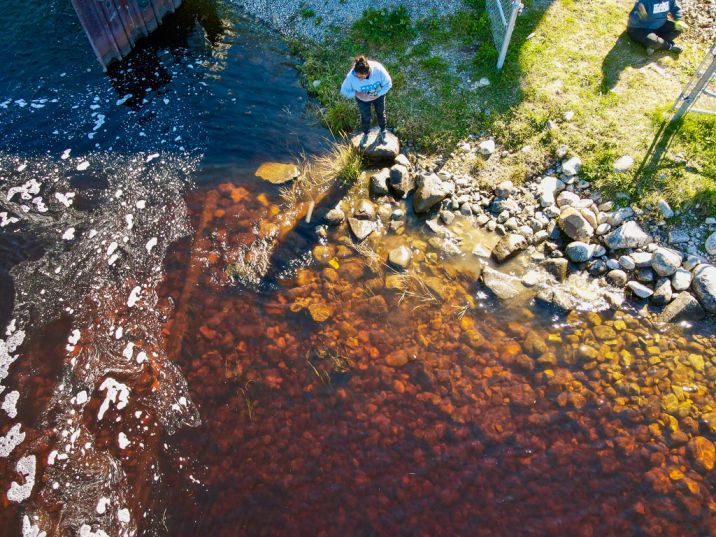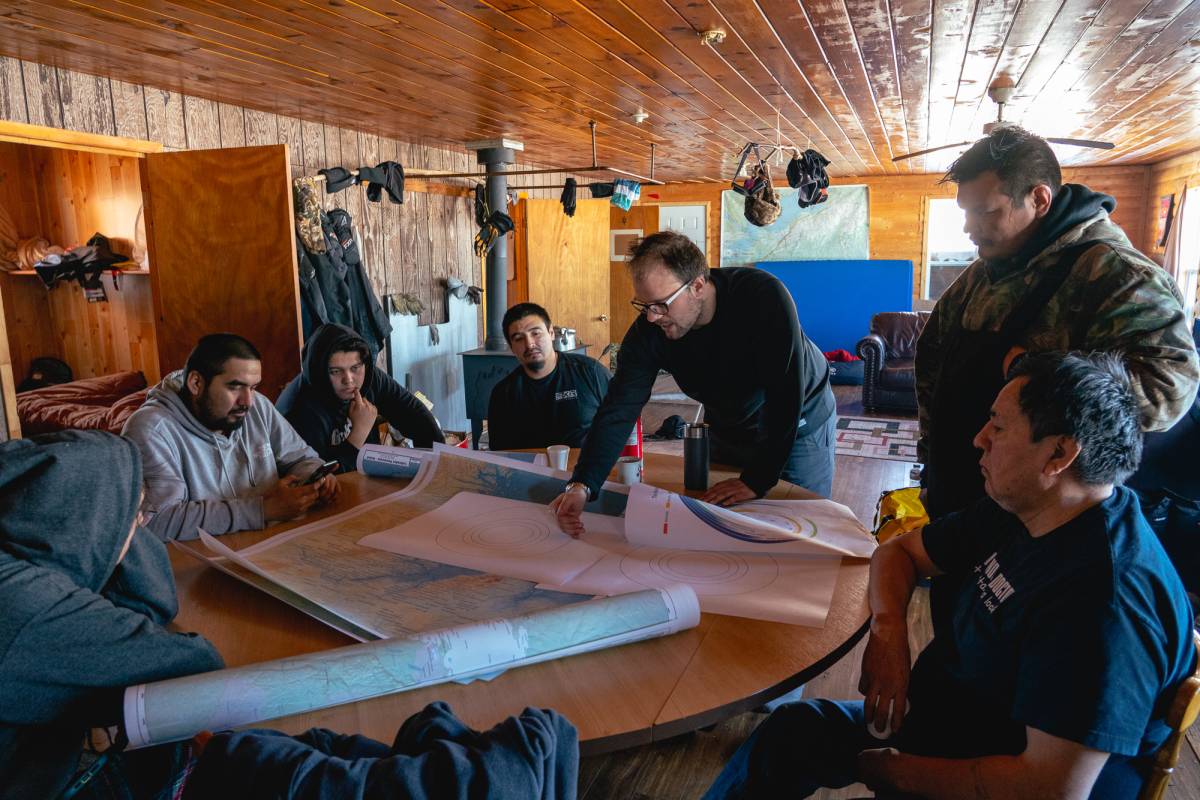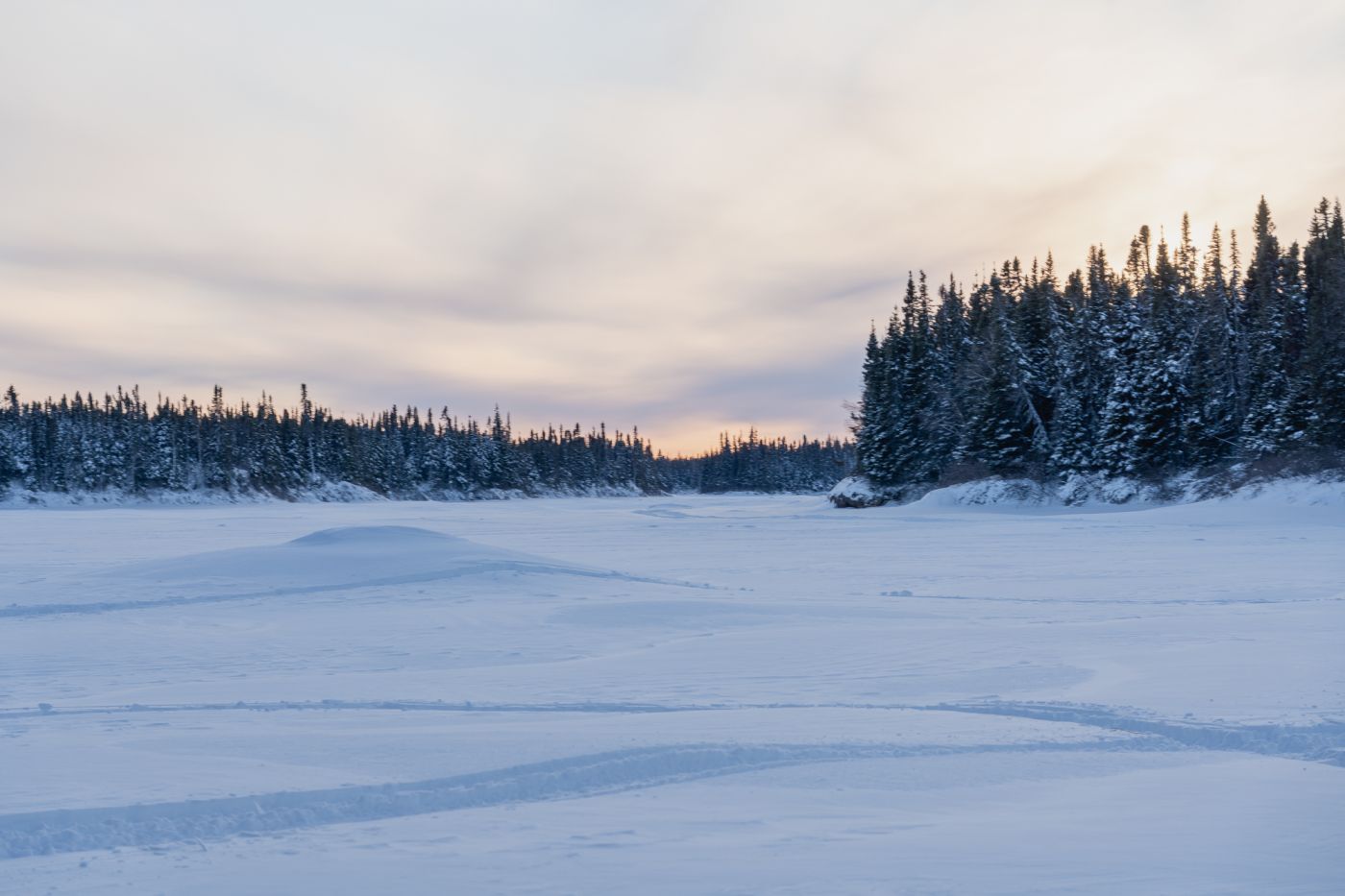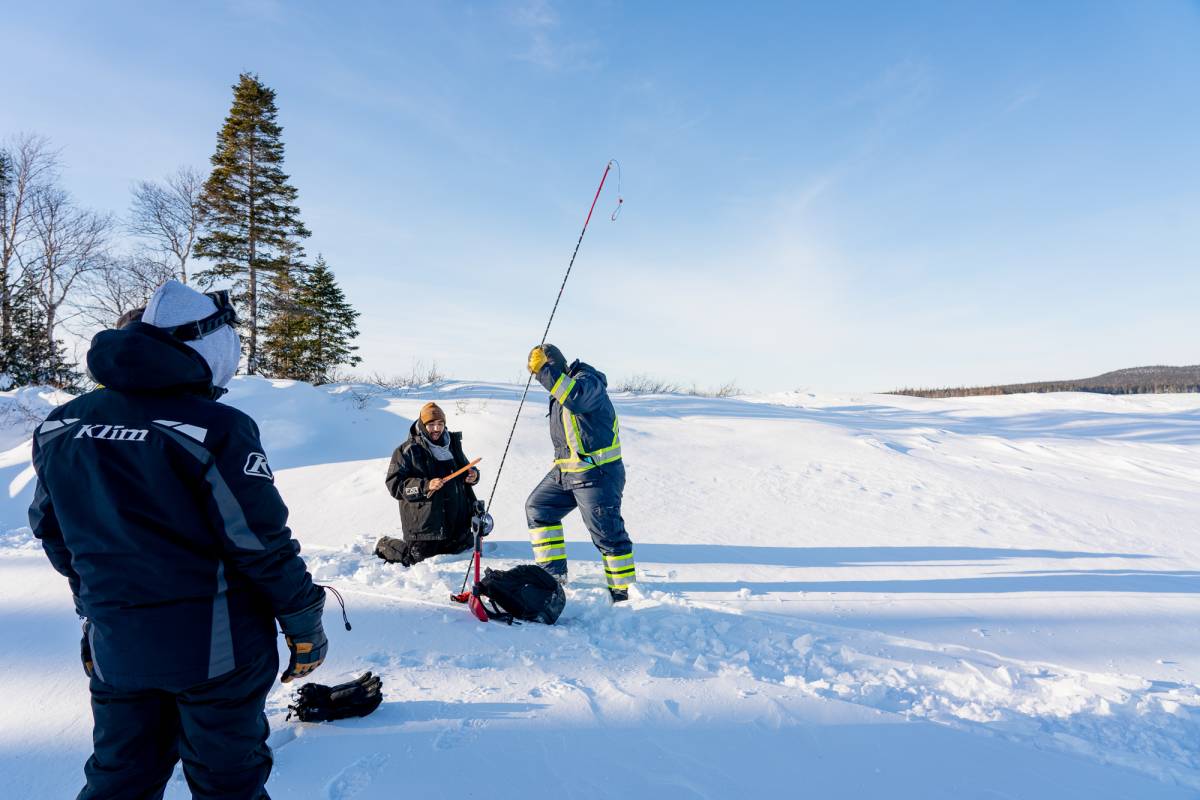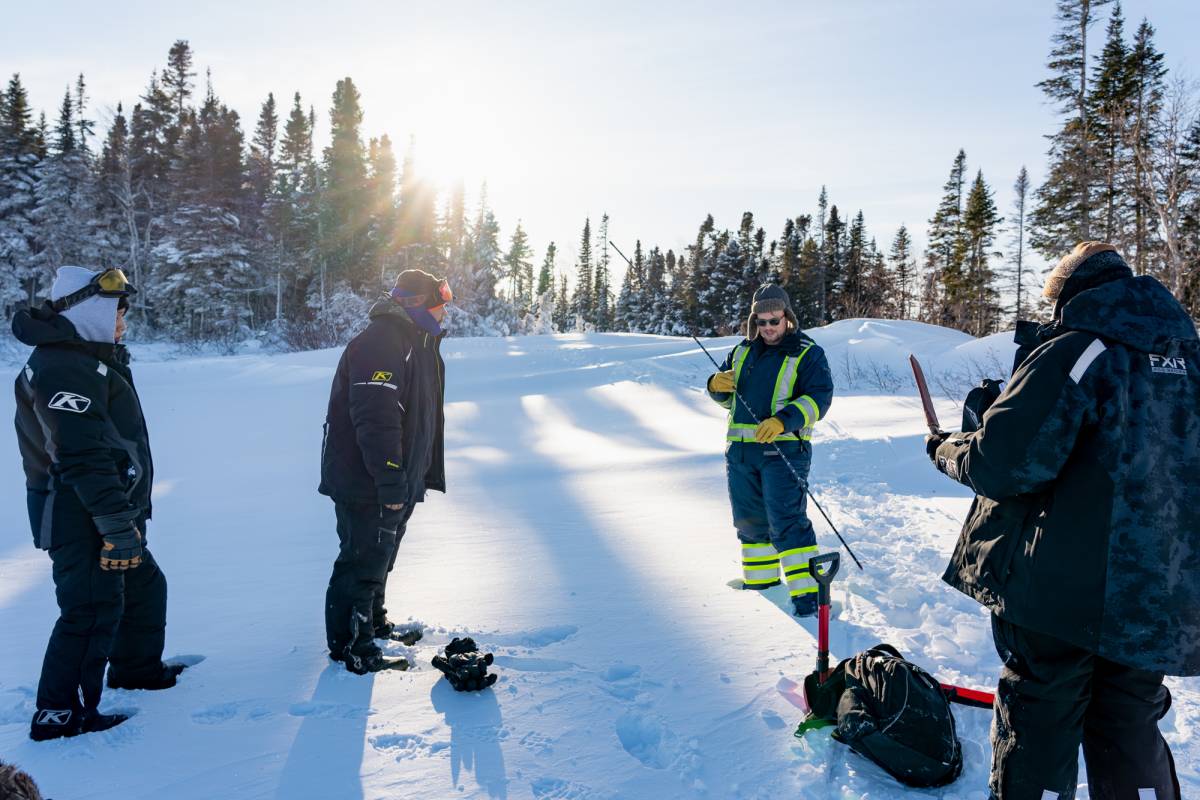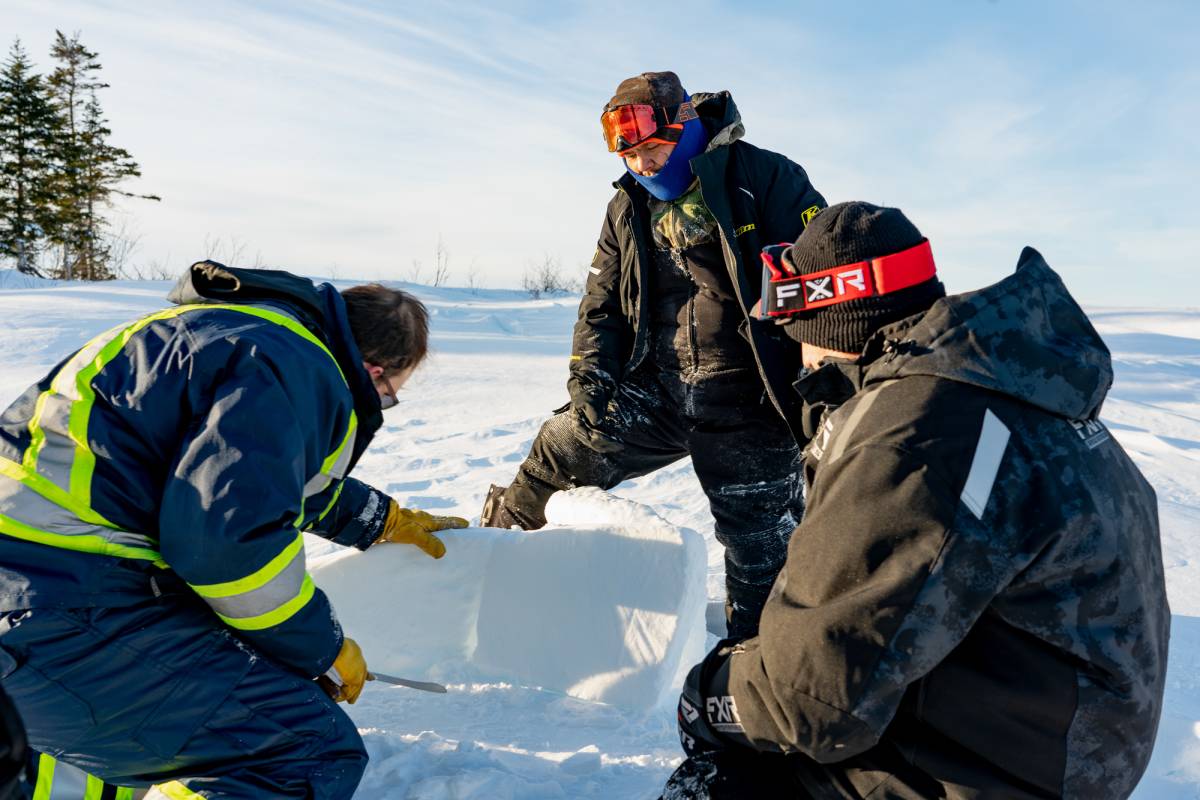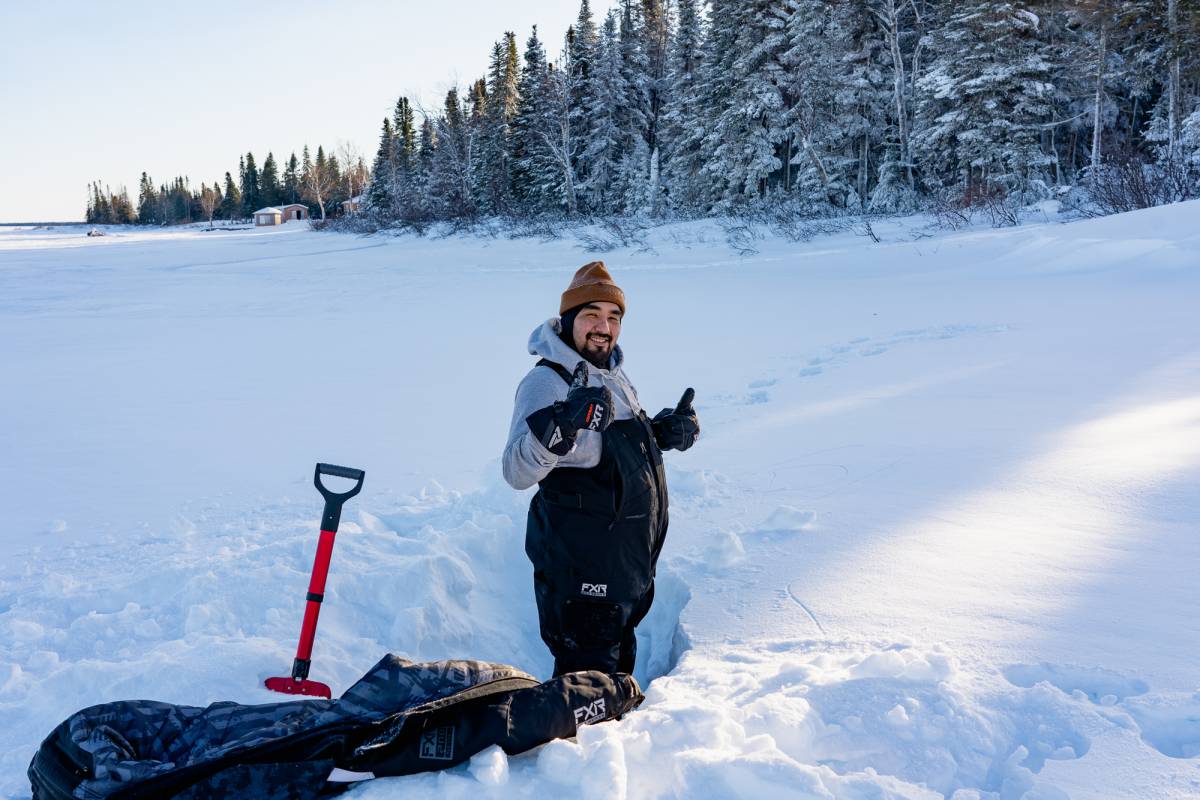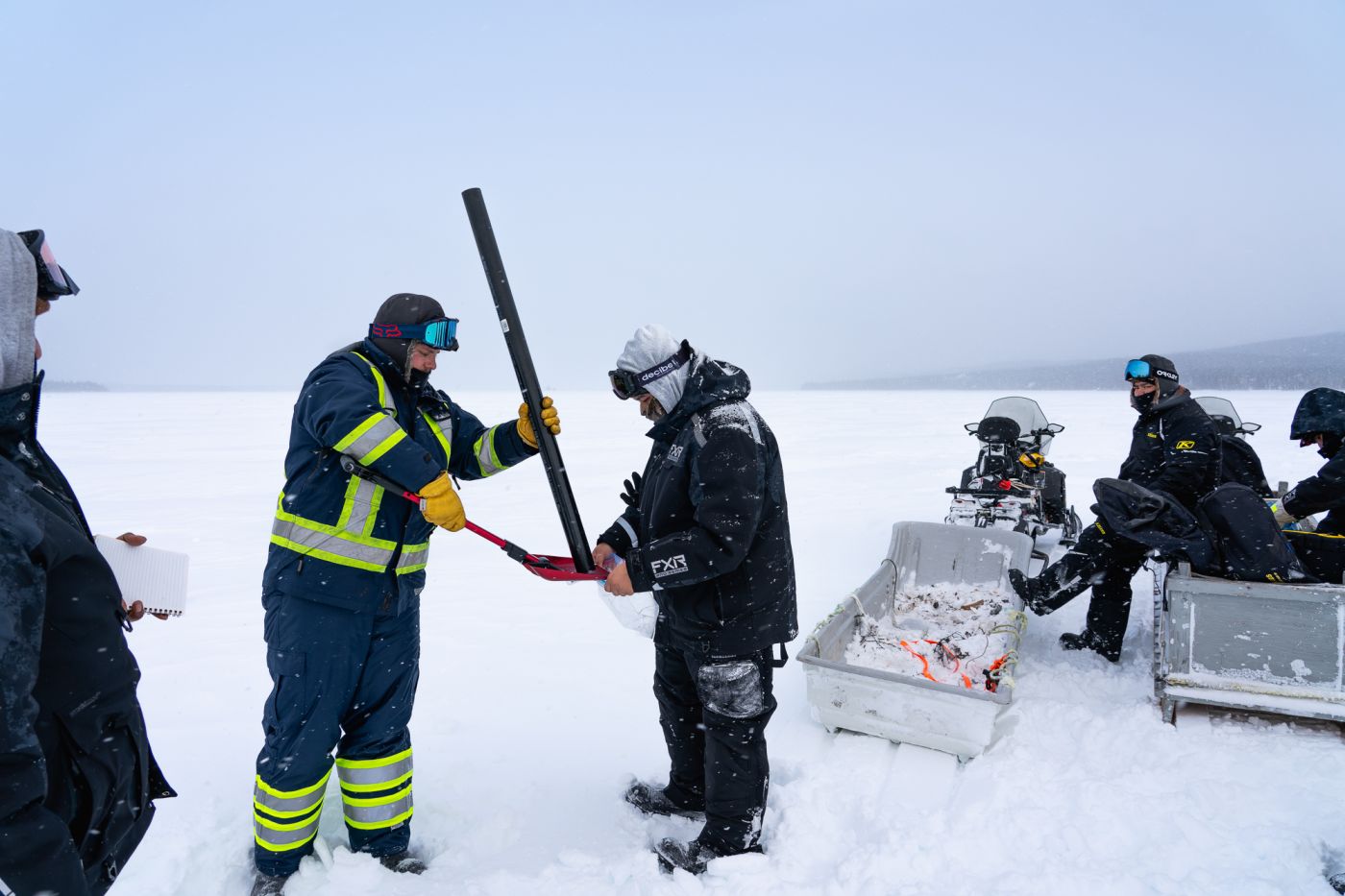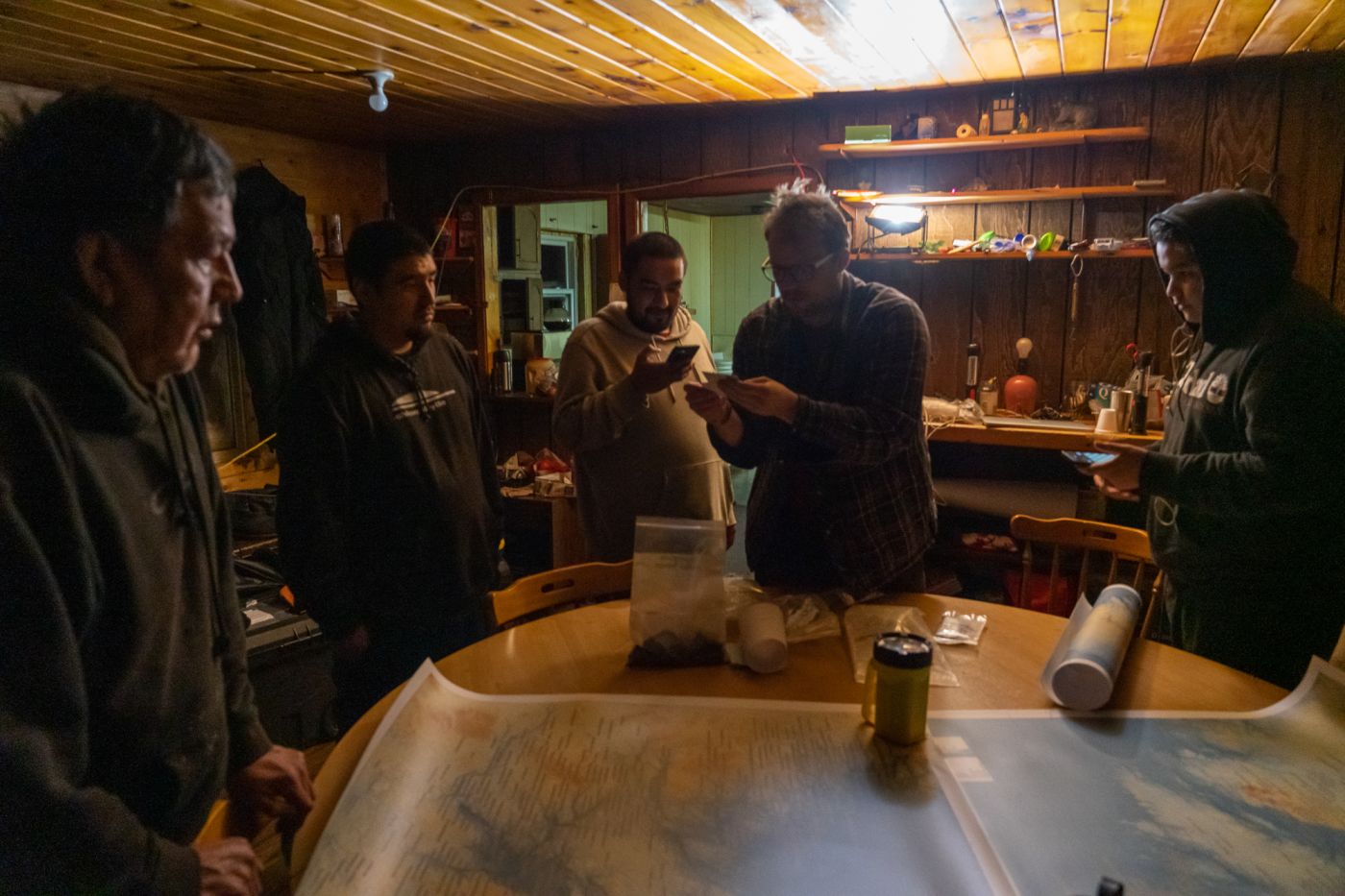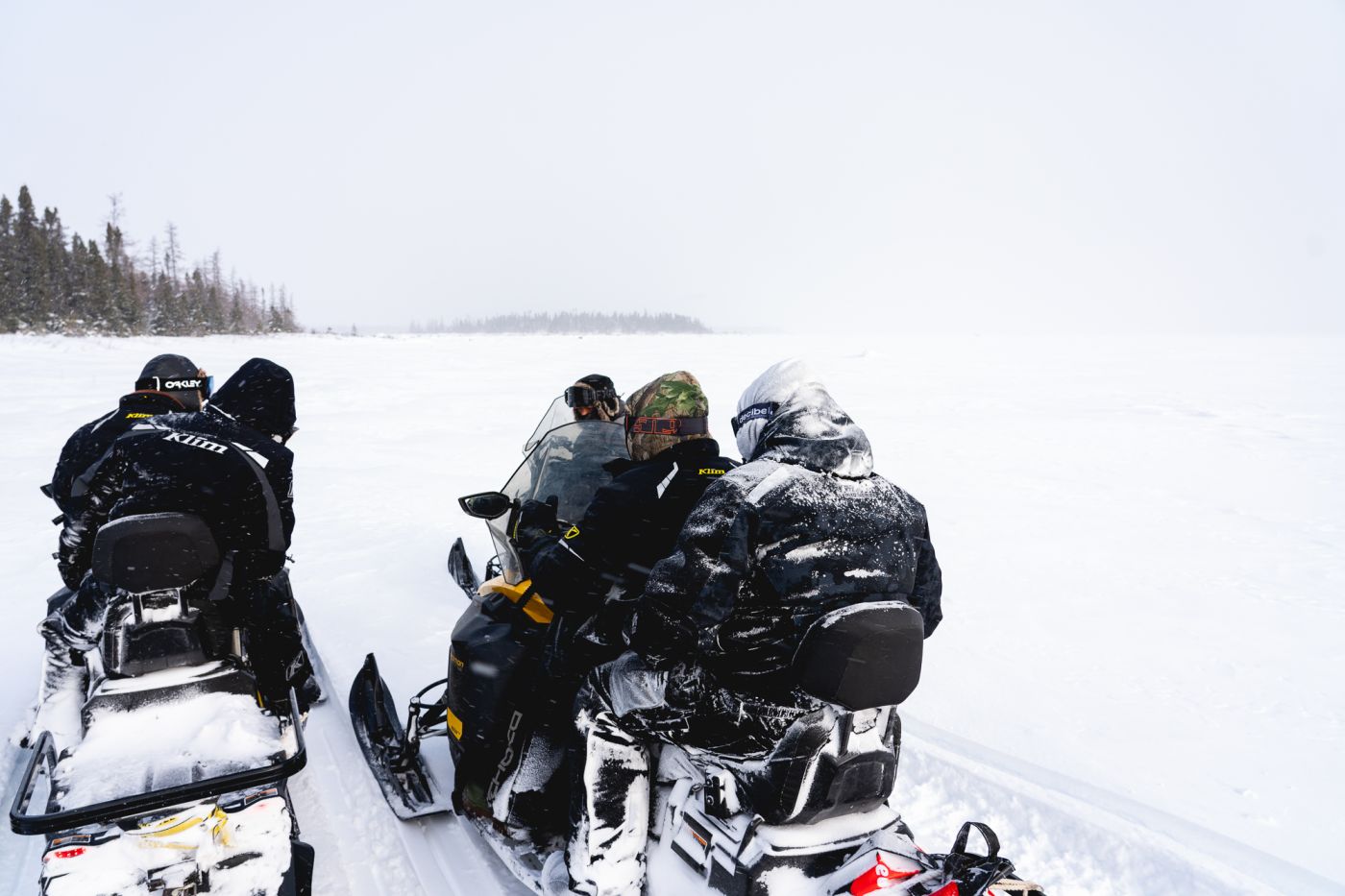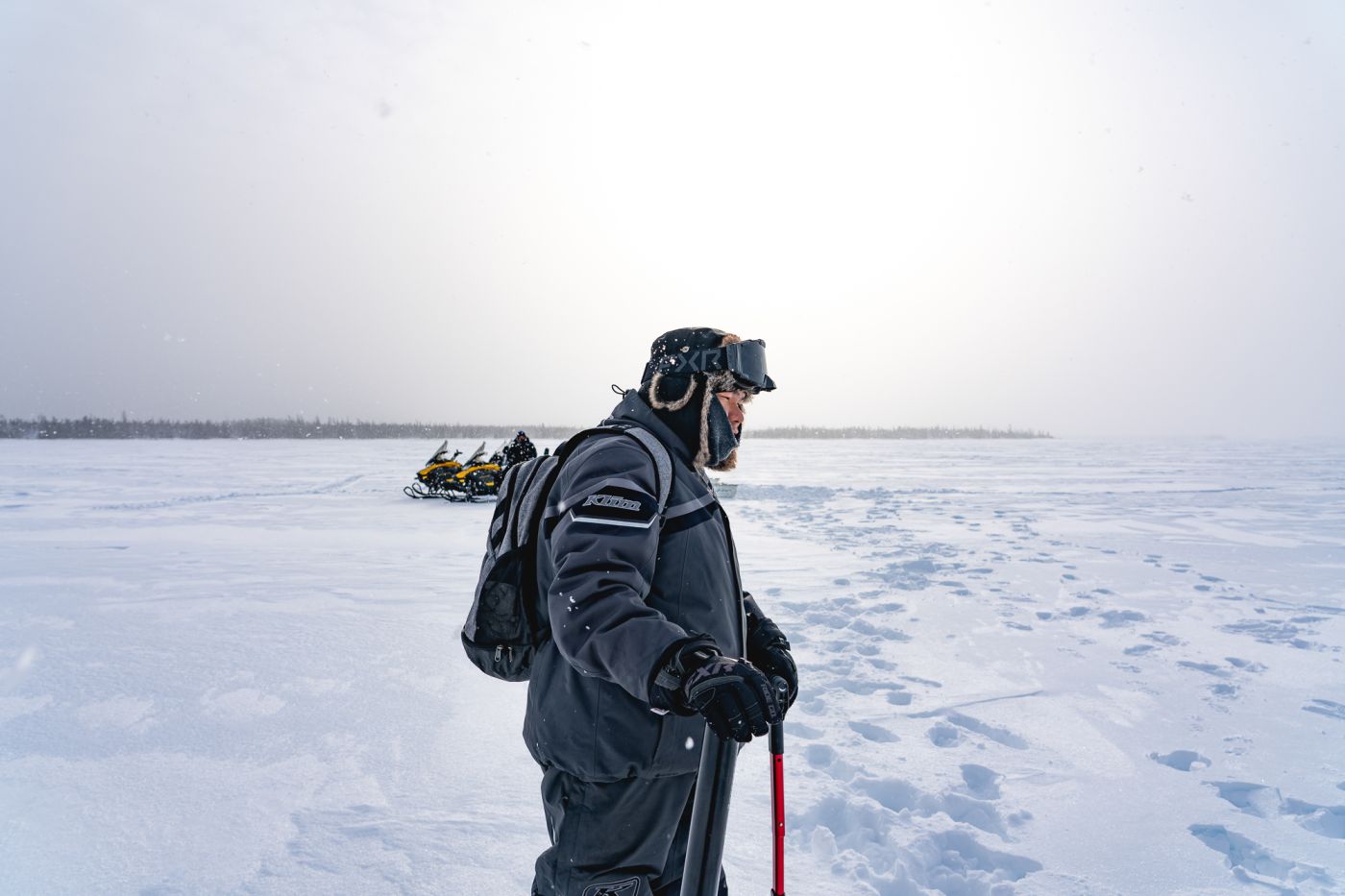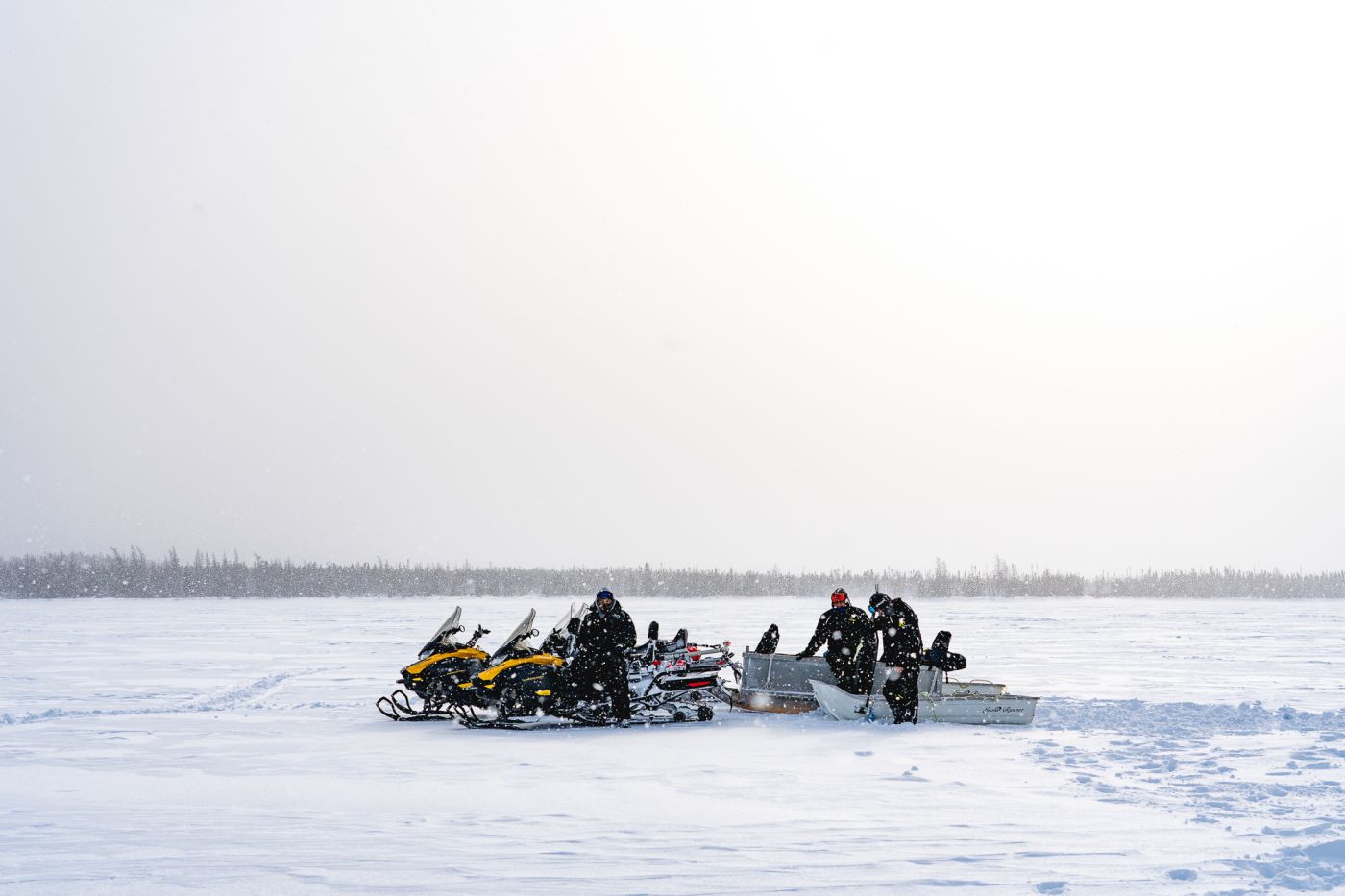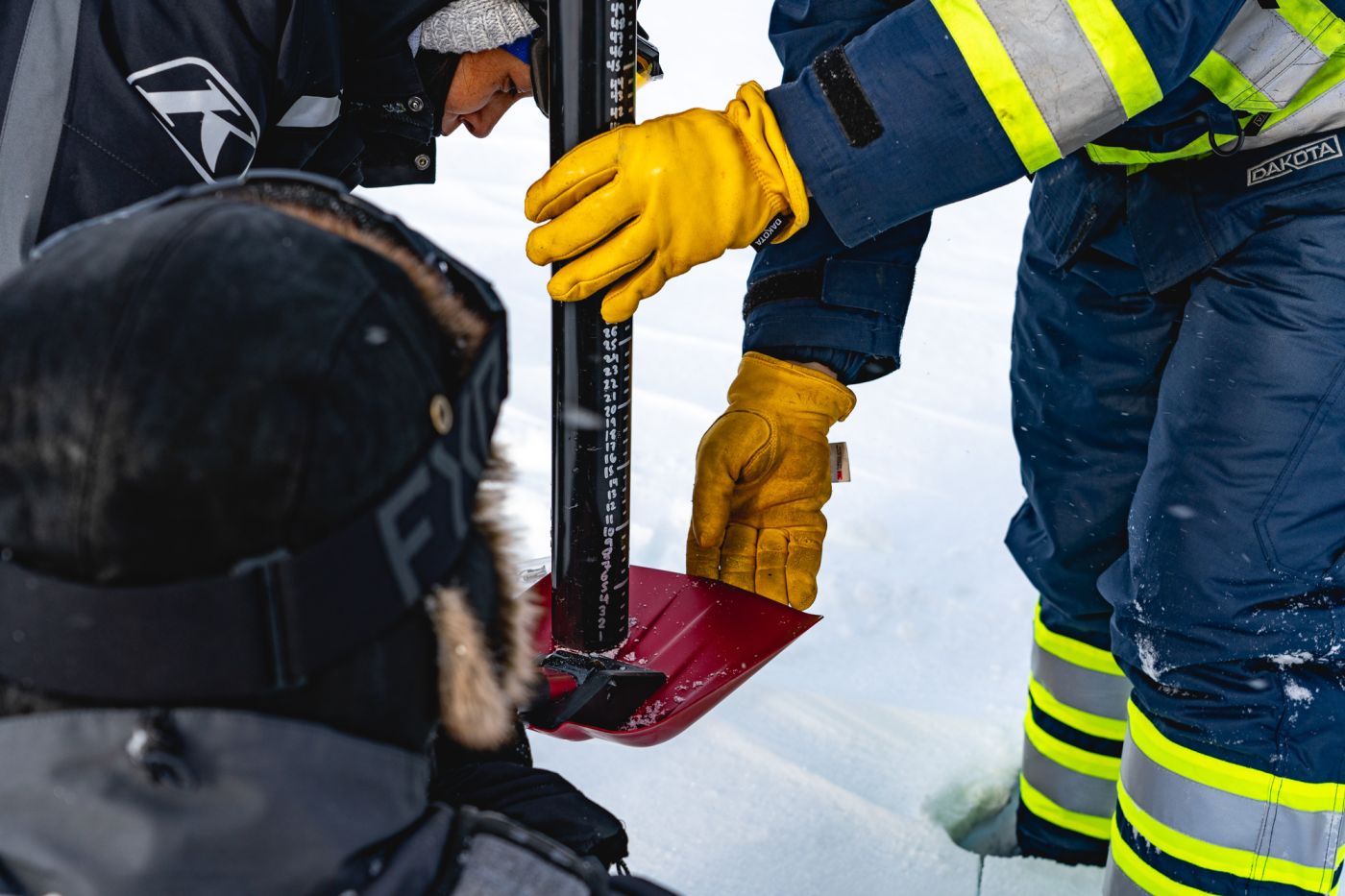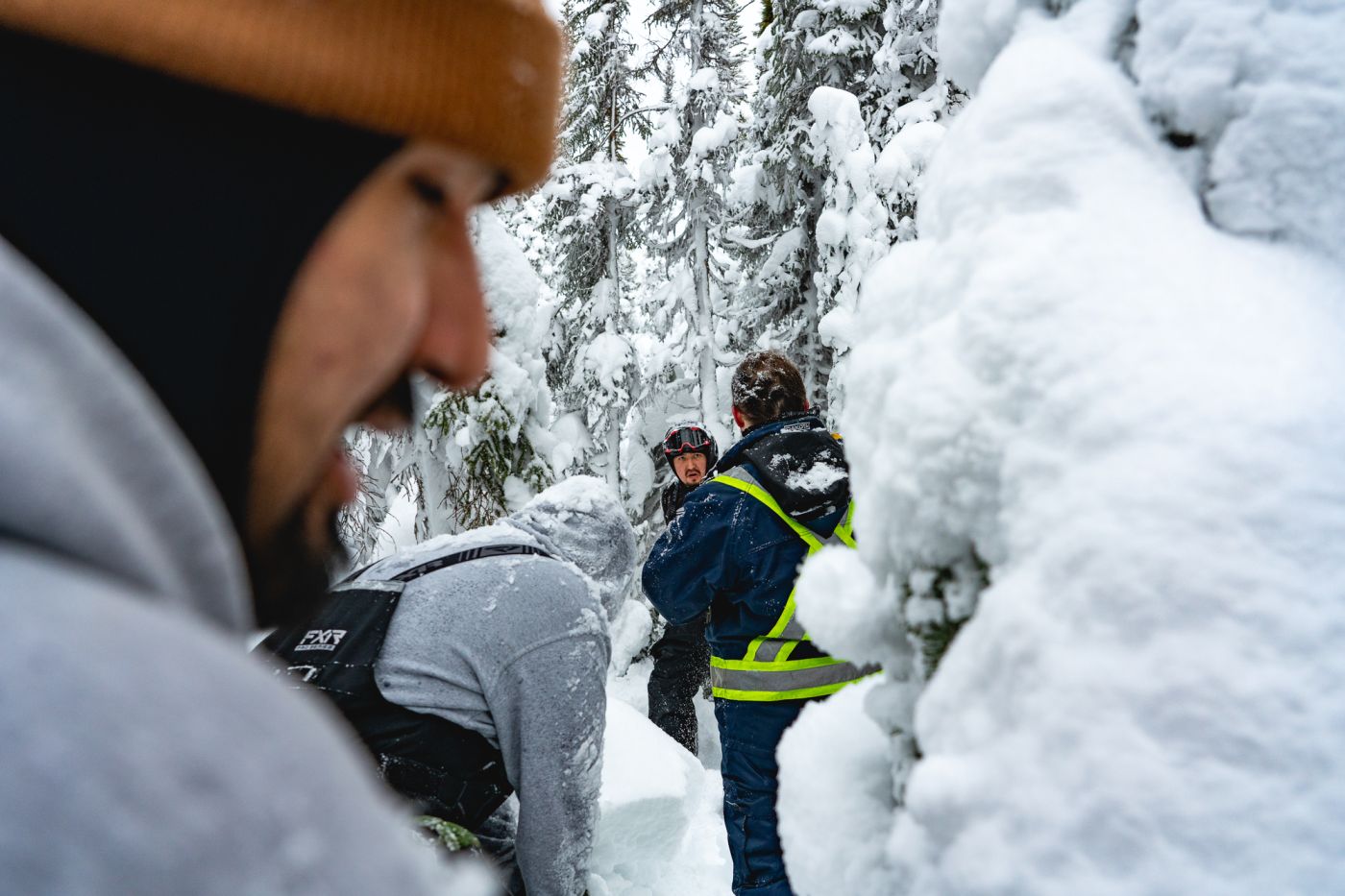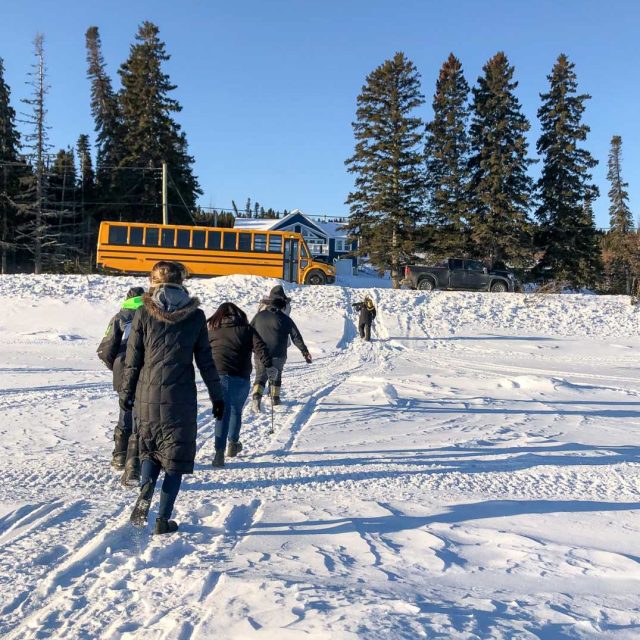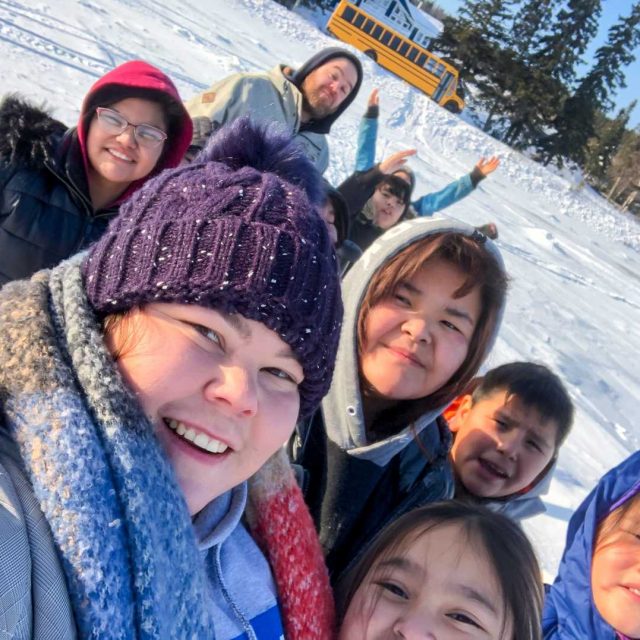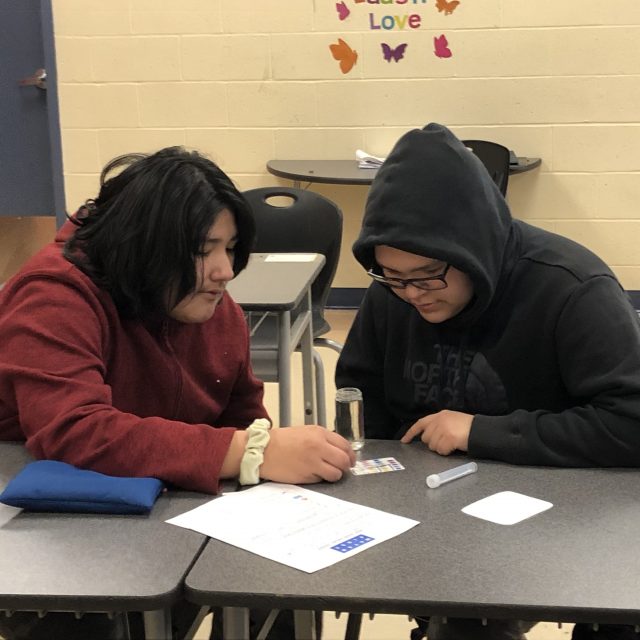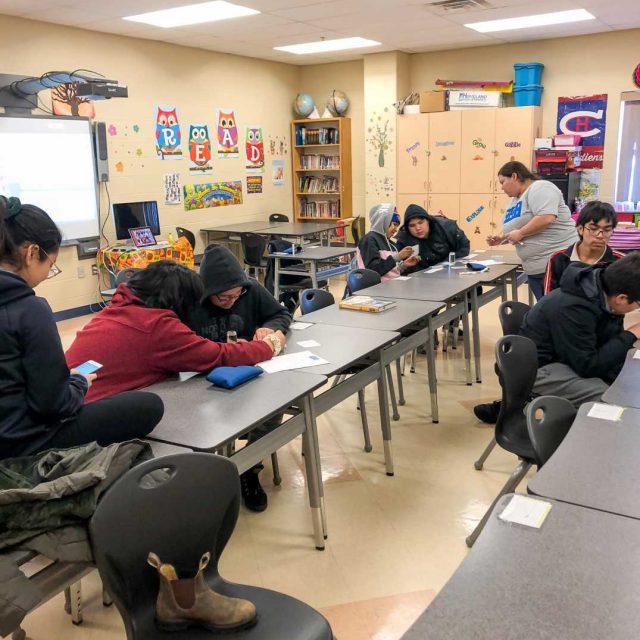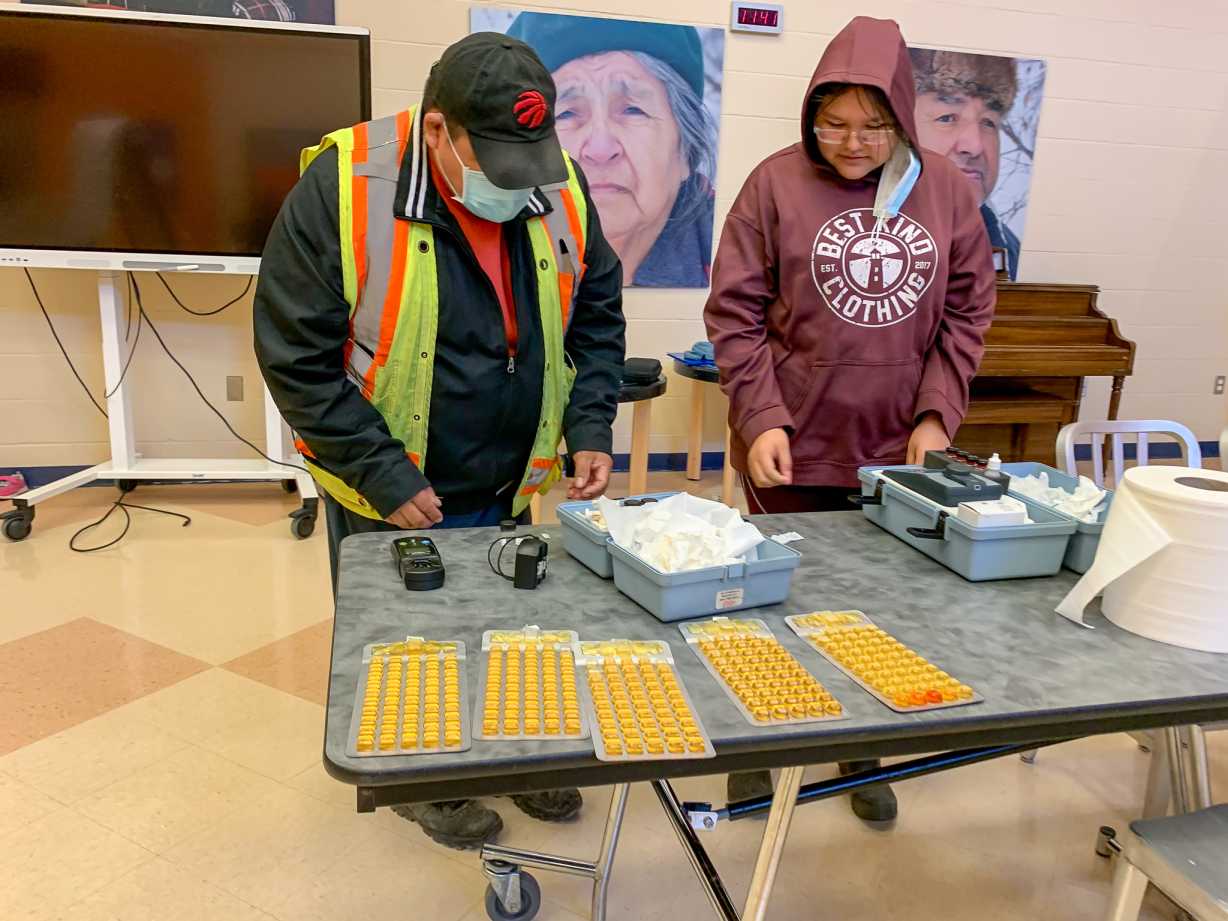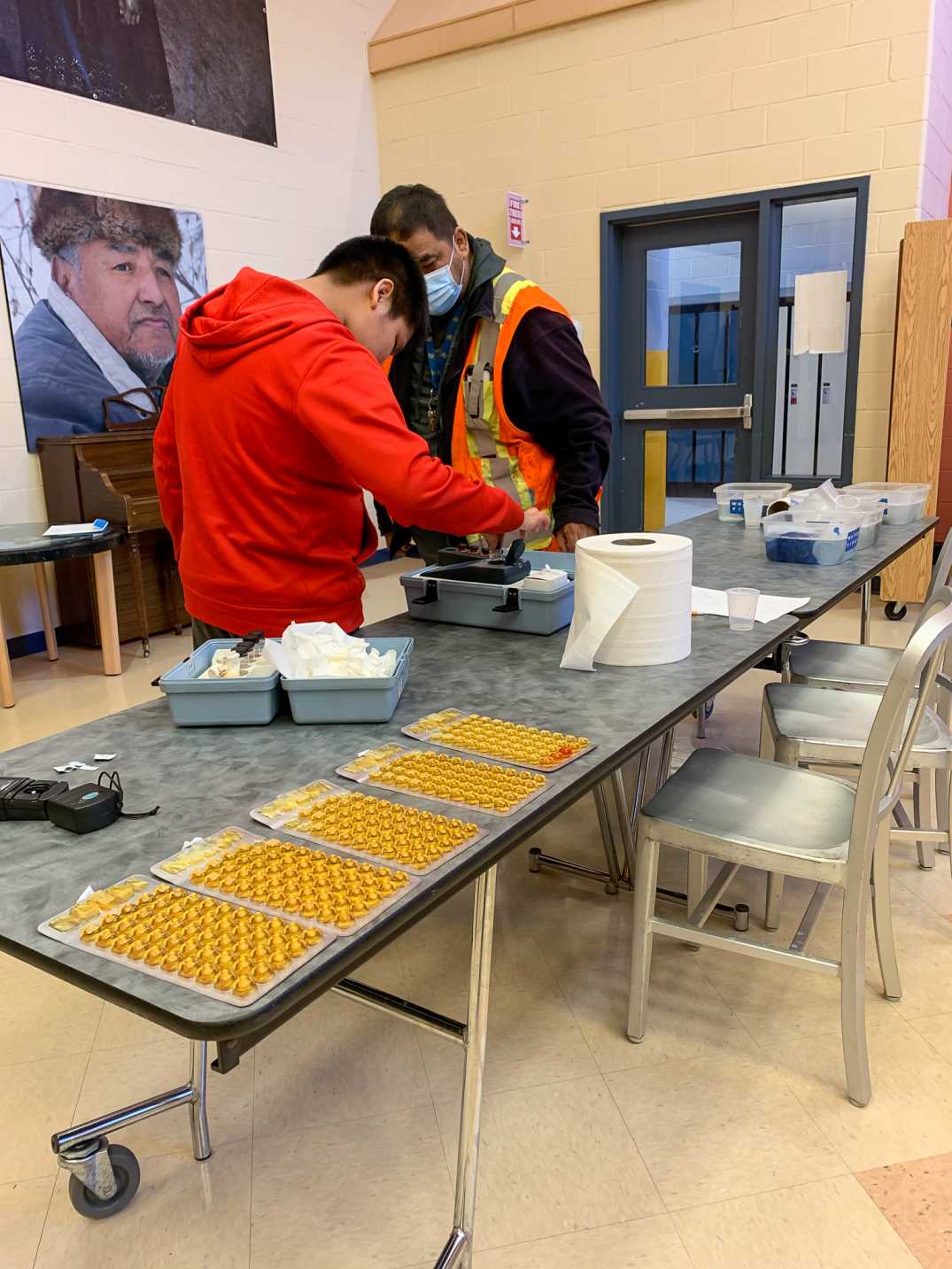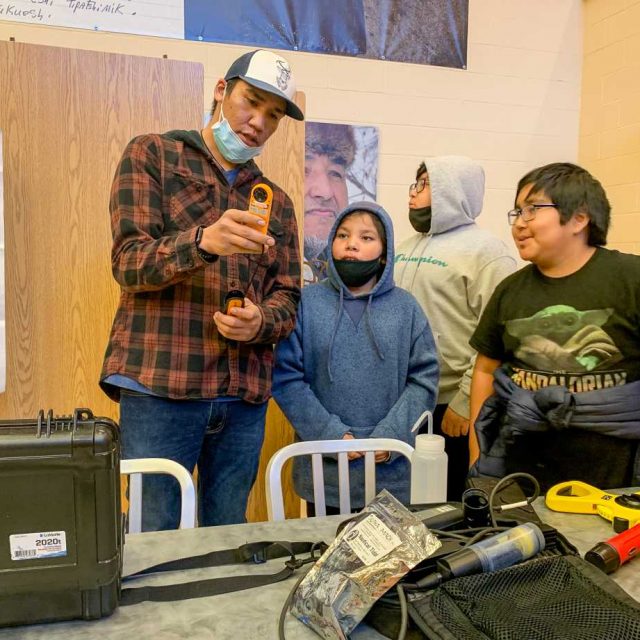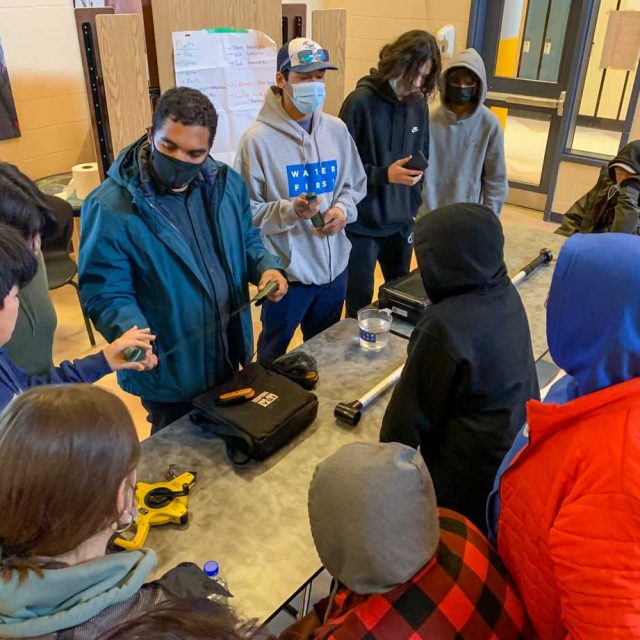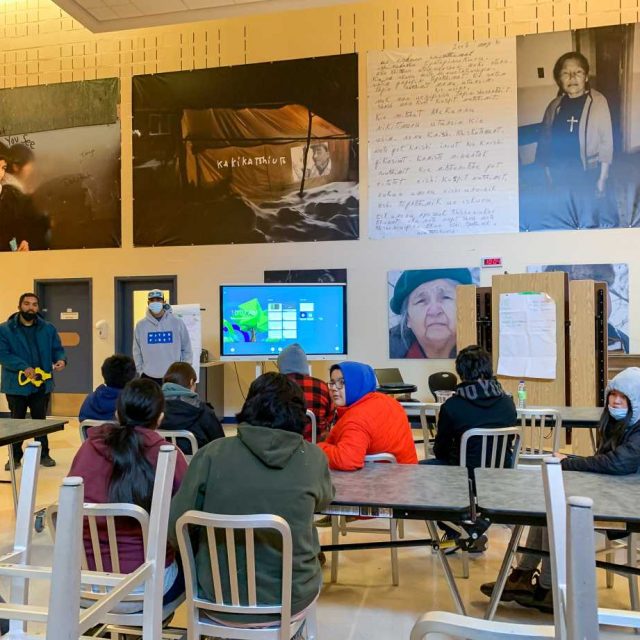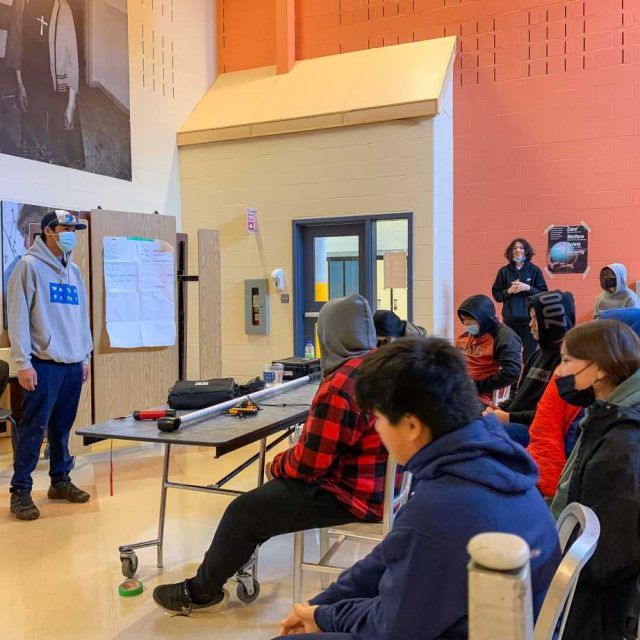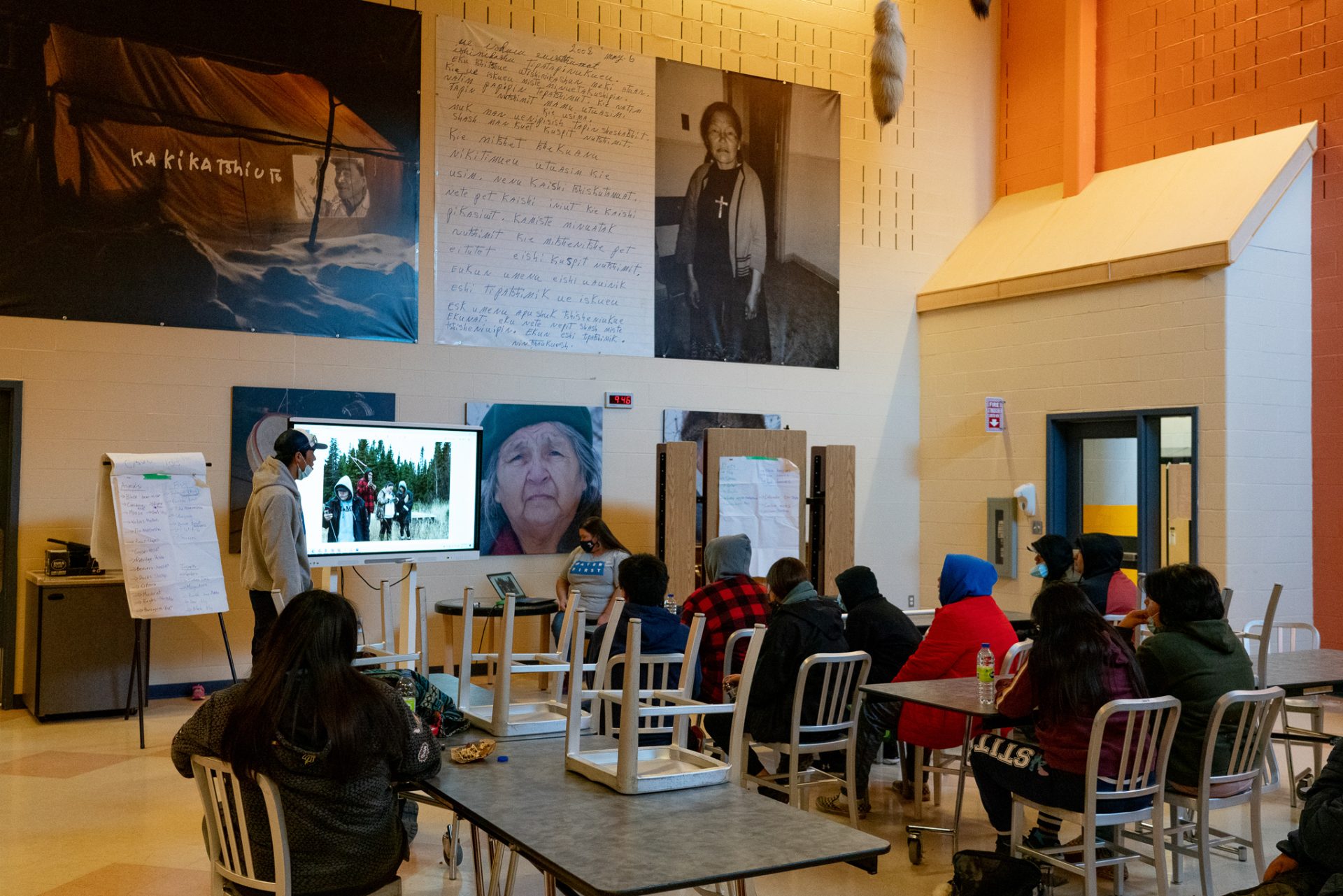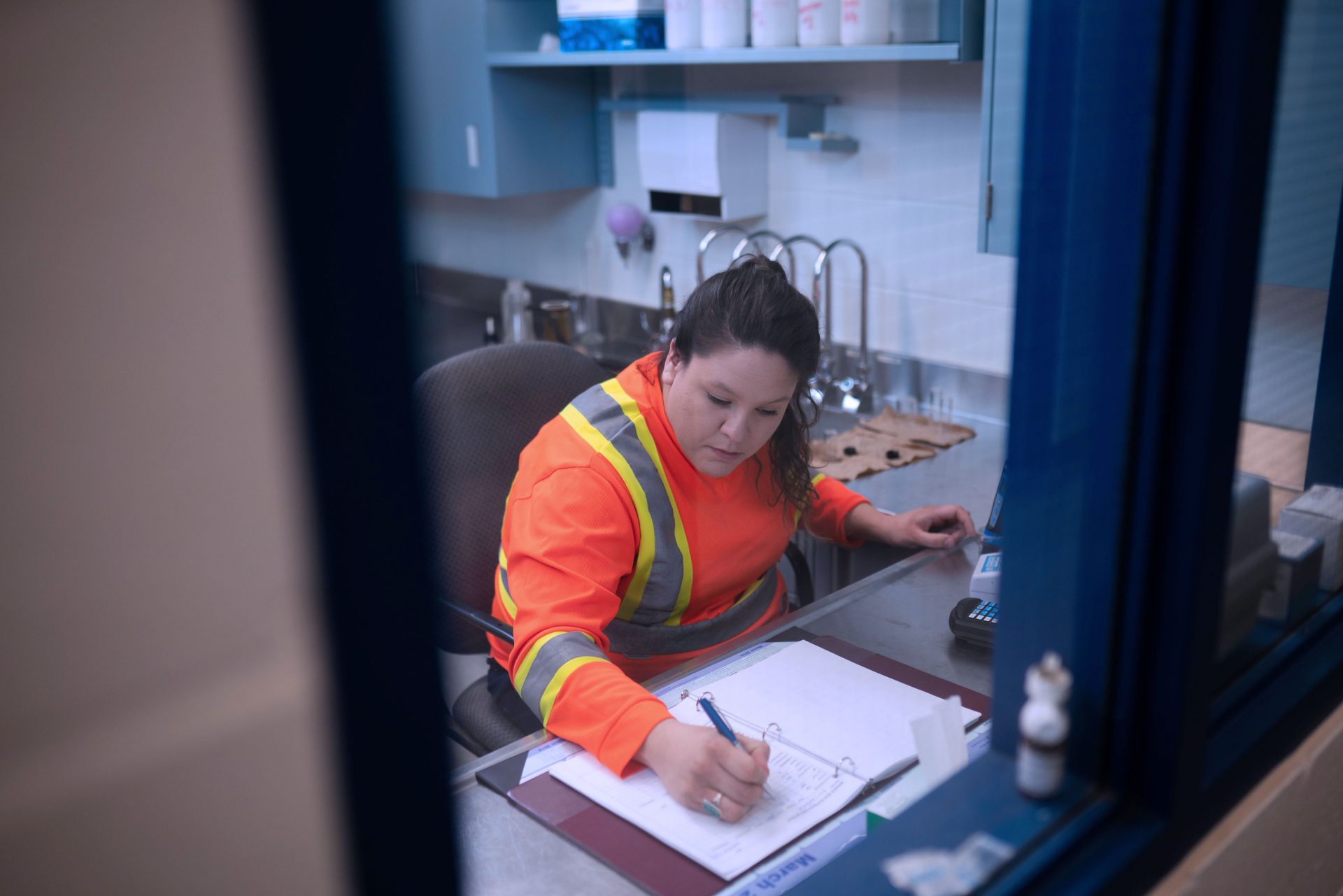Long-Term Connections for Sustainable Outcomes
A fundamental aspect to Water First’s work is striving for lasting results – which means sustainable outcomes to projects, with benefits remaining within Indigenous communities for the long term.
That’s why our focus is on education that supports a community’s long-term goals. Safe water needs skilled people, now and into the future.
This approach is clearly evident in our Environmental Water Program. Environmental projects take a long view. When it comes to fish habitat restoration or climate change monitoring, it can take months, years, or even longer to see noticeable positive change. So when a community reaches out to us for support in implementing a project or training strategy, we know it’s the start of a long-term relationship. And we wouldn’t have it any other way.
Naskapi Nation of Kawawachikamach
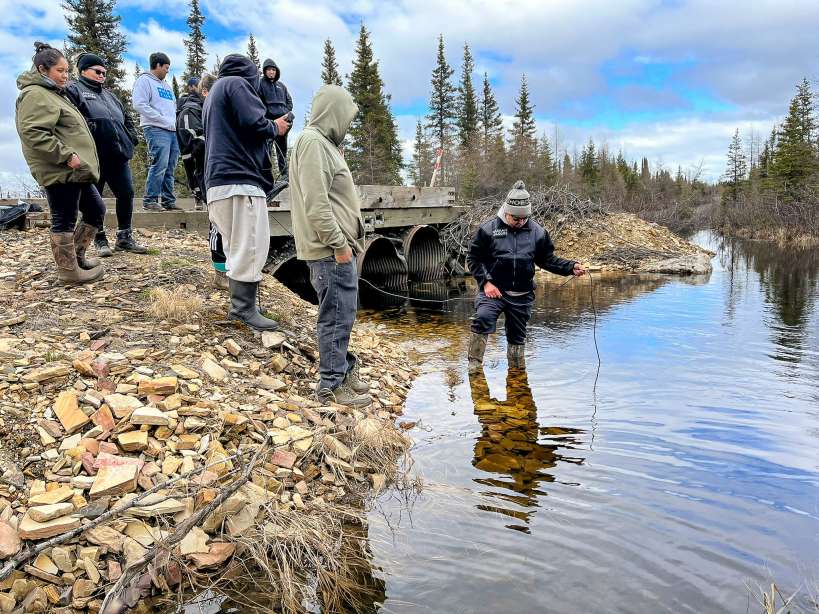
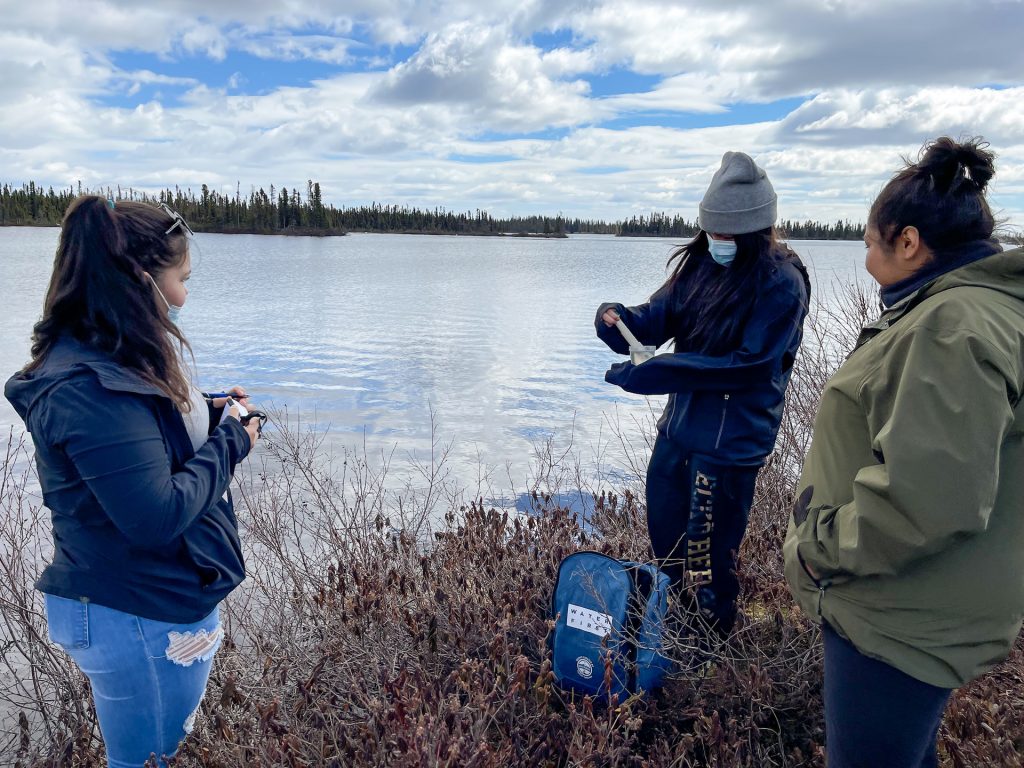
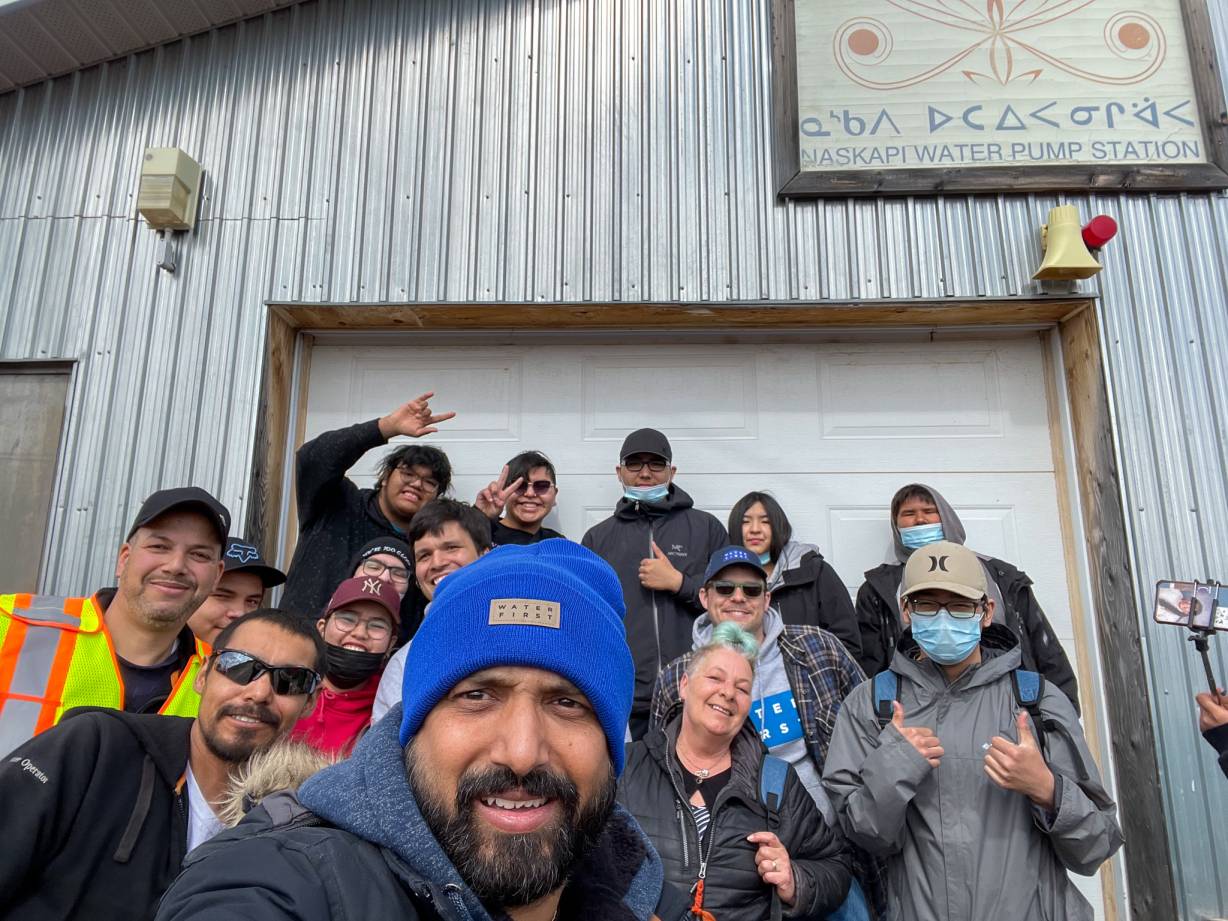
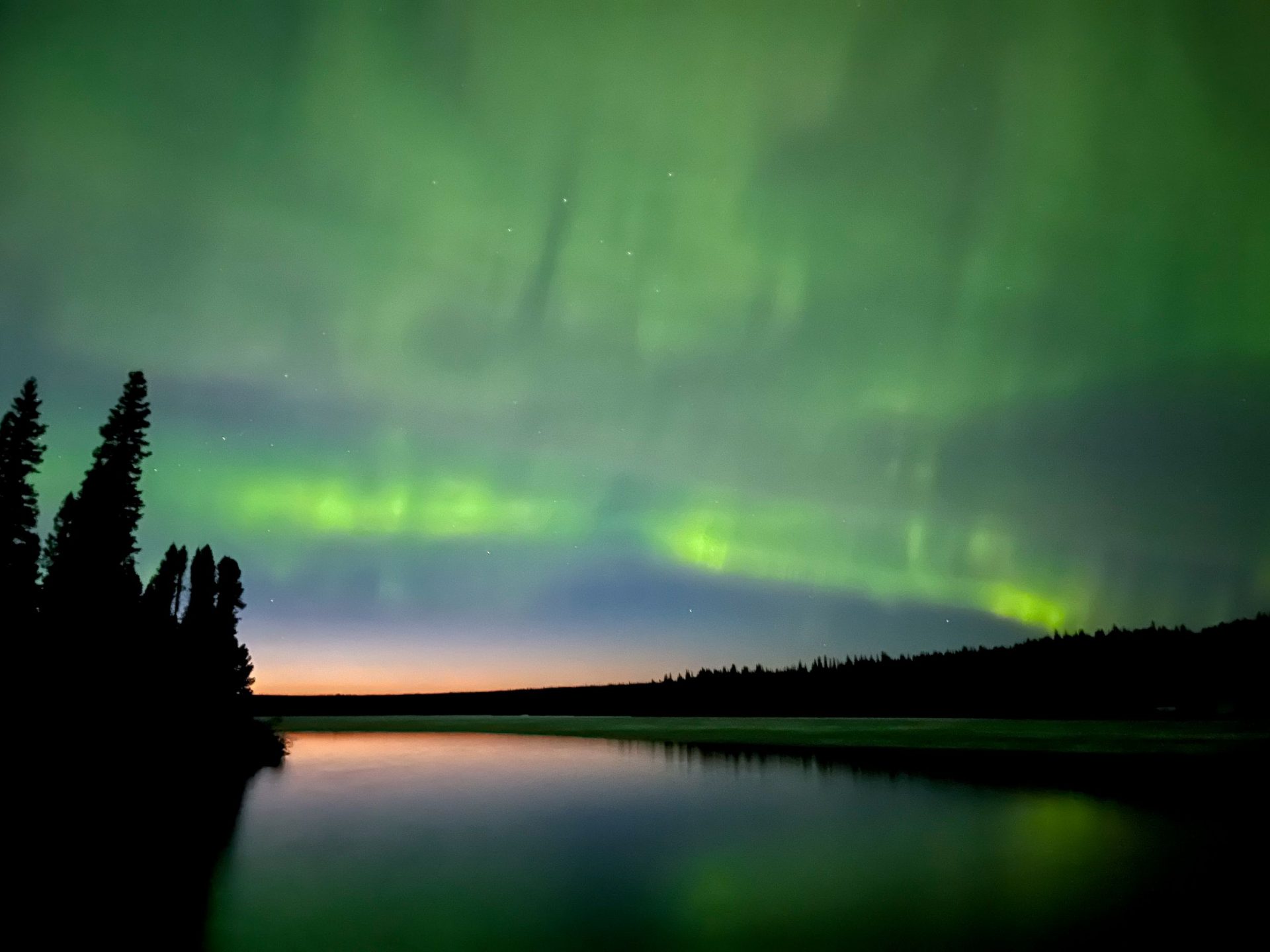
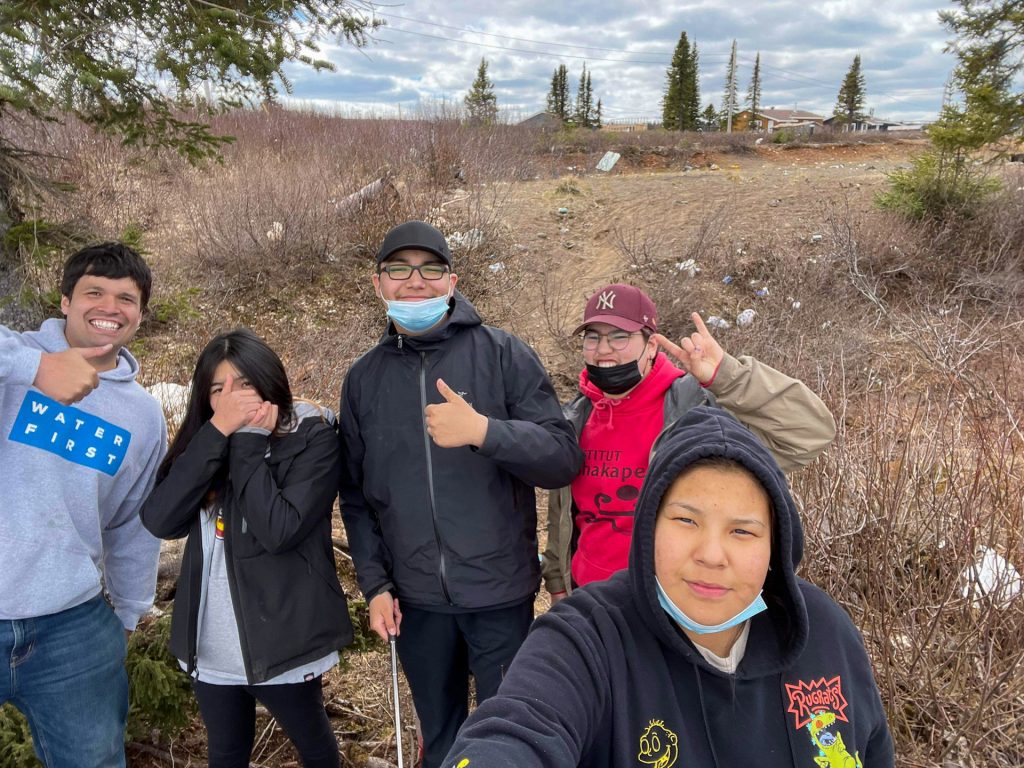
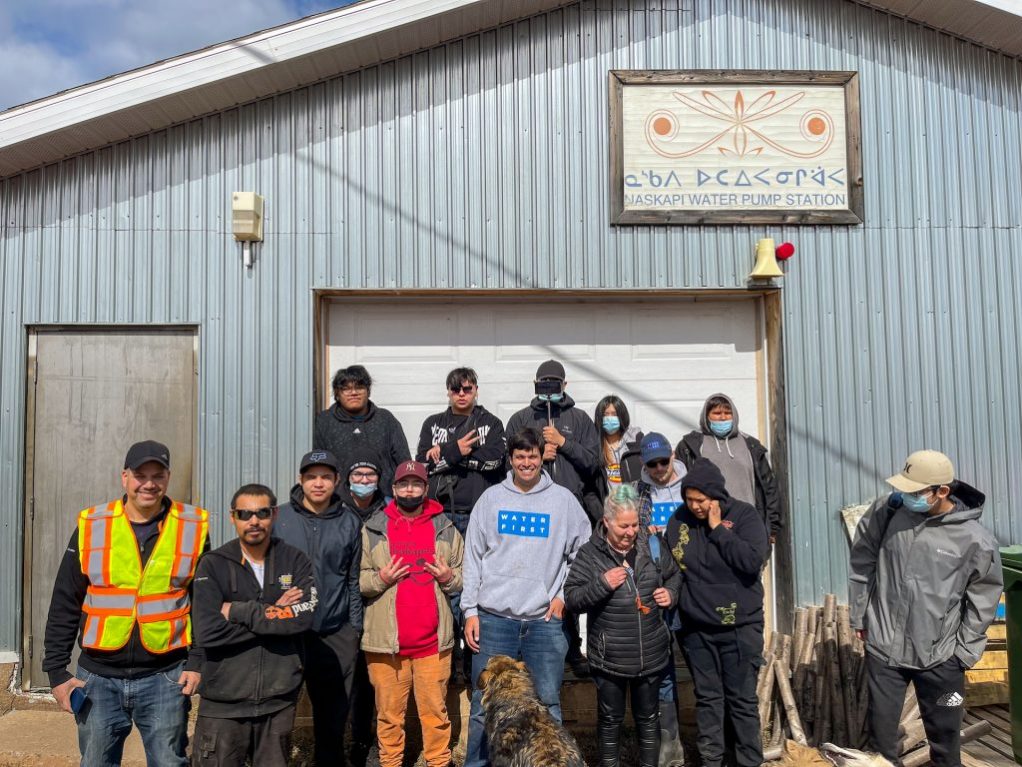
The collaboration we’ve had with the Naskapi Nation of Kawawachikamach (NNK) in northern Quebec is a beautiful illustration of this approach. Our work together started in 2018, and led to the completion of three projects in support of lake health in the region. We’re planning ways to celebrate this relationship, so watch for more stories to come.
The partnership with Water First has allowed us to learn about the health of our lakes and fish on our traditional land. This knowledge will allow us to monitor and protect our resources for future generations.
David Swappie
Counselor, Naskapi Nation of Kawawachikamach
Sheshatshiu Innu Nation
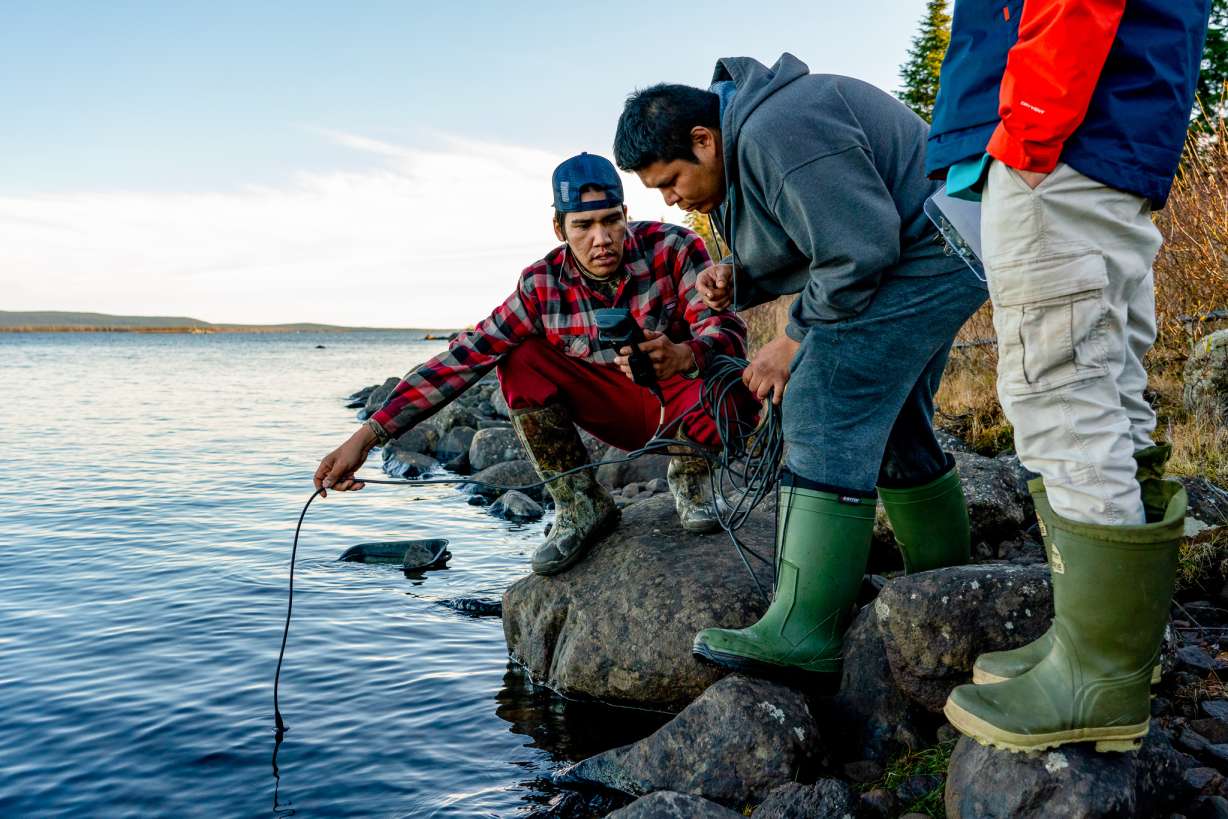
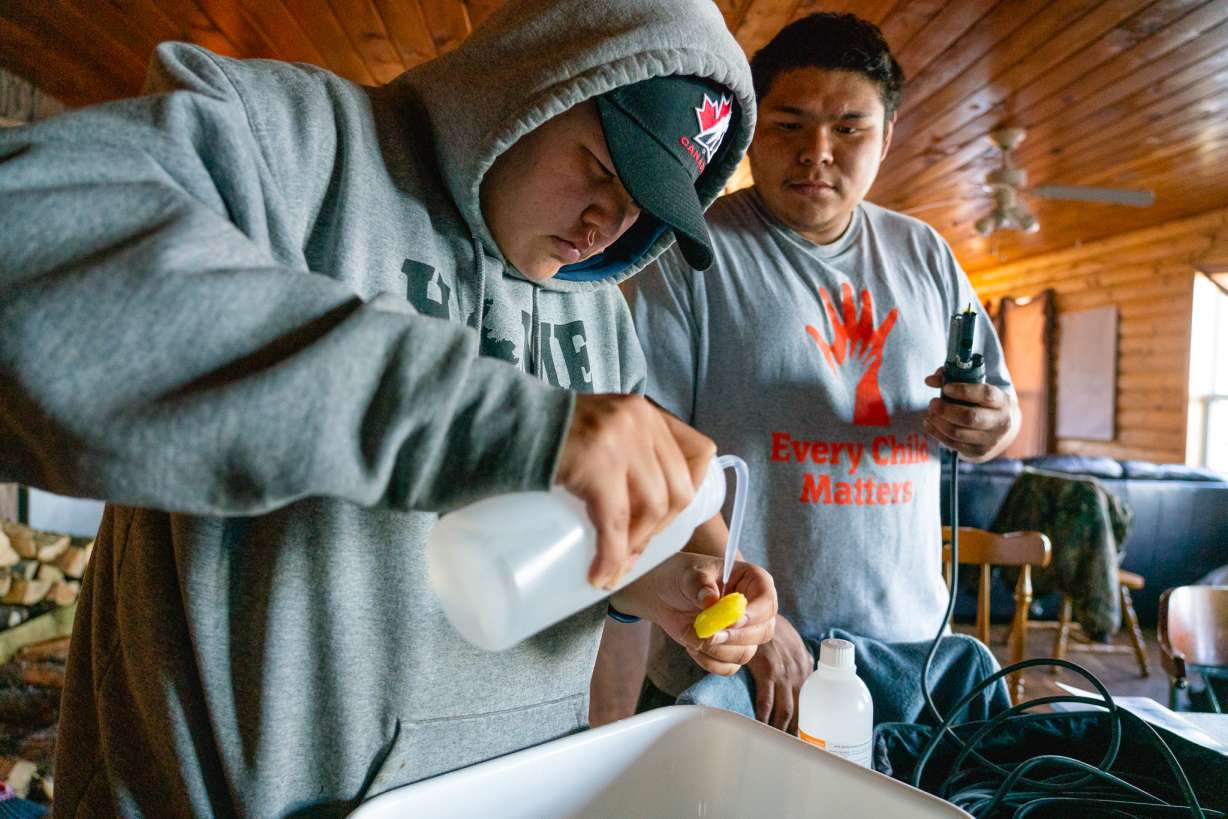
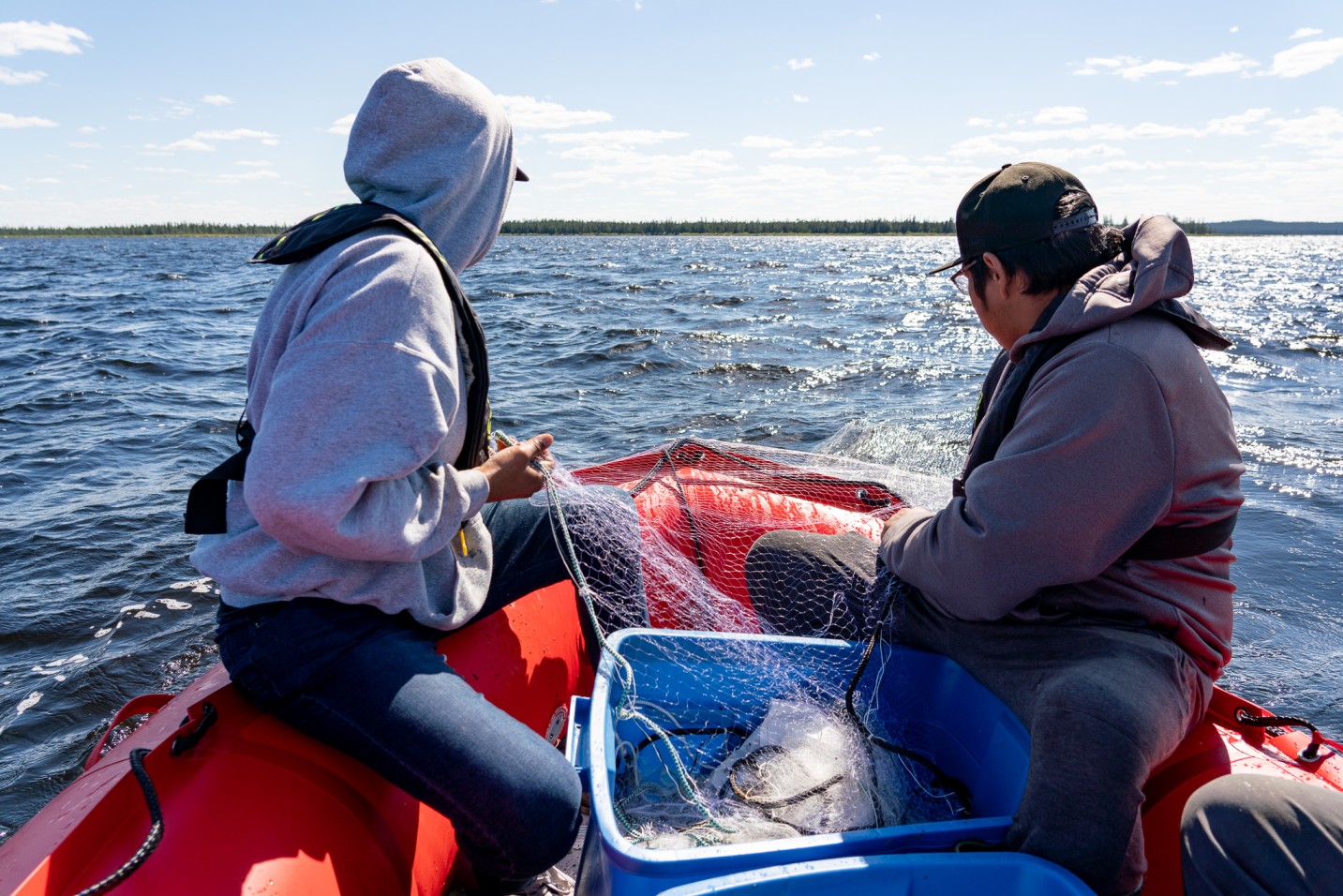
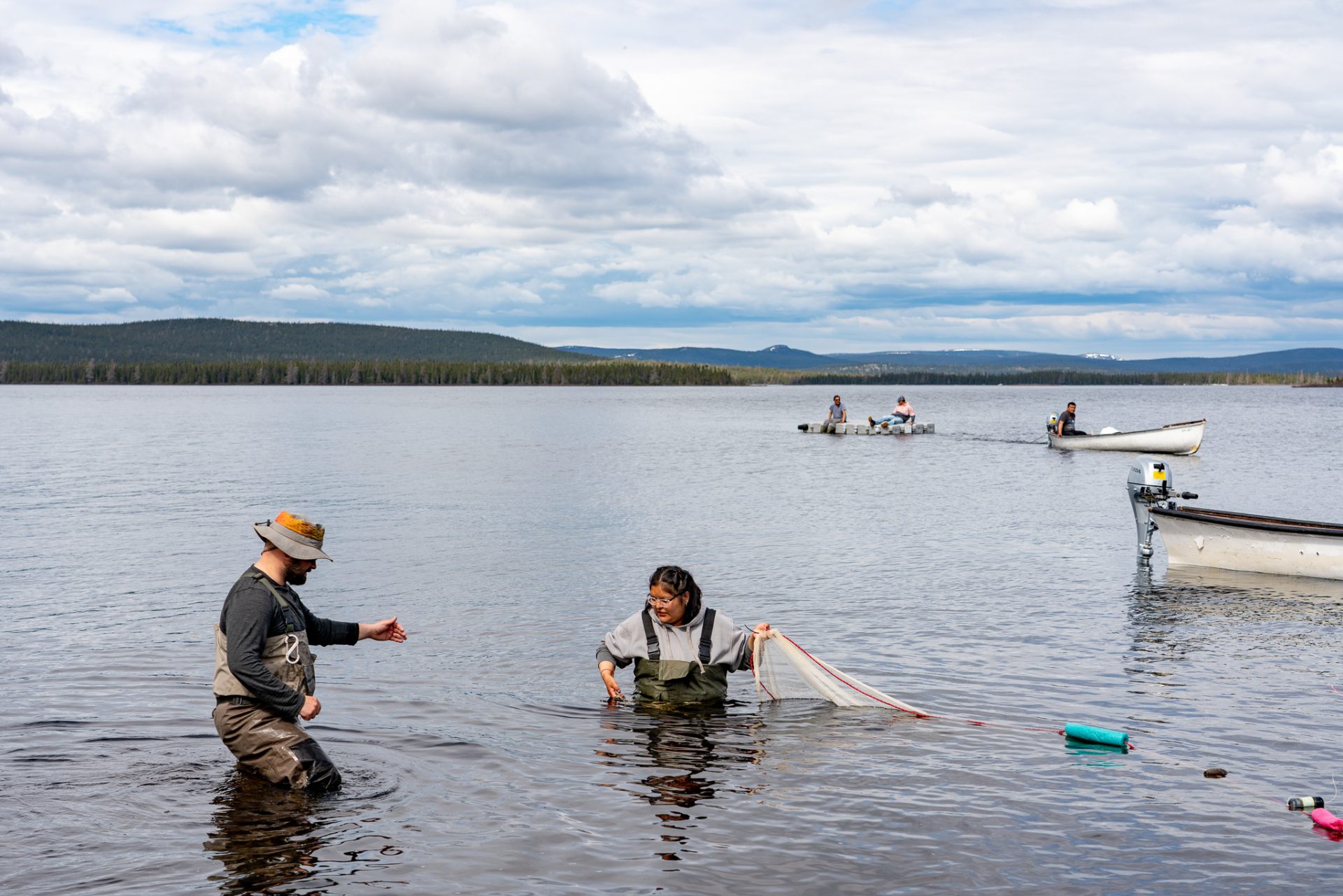
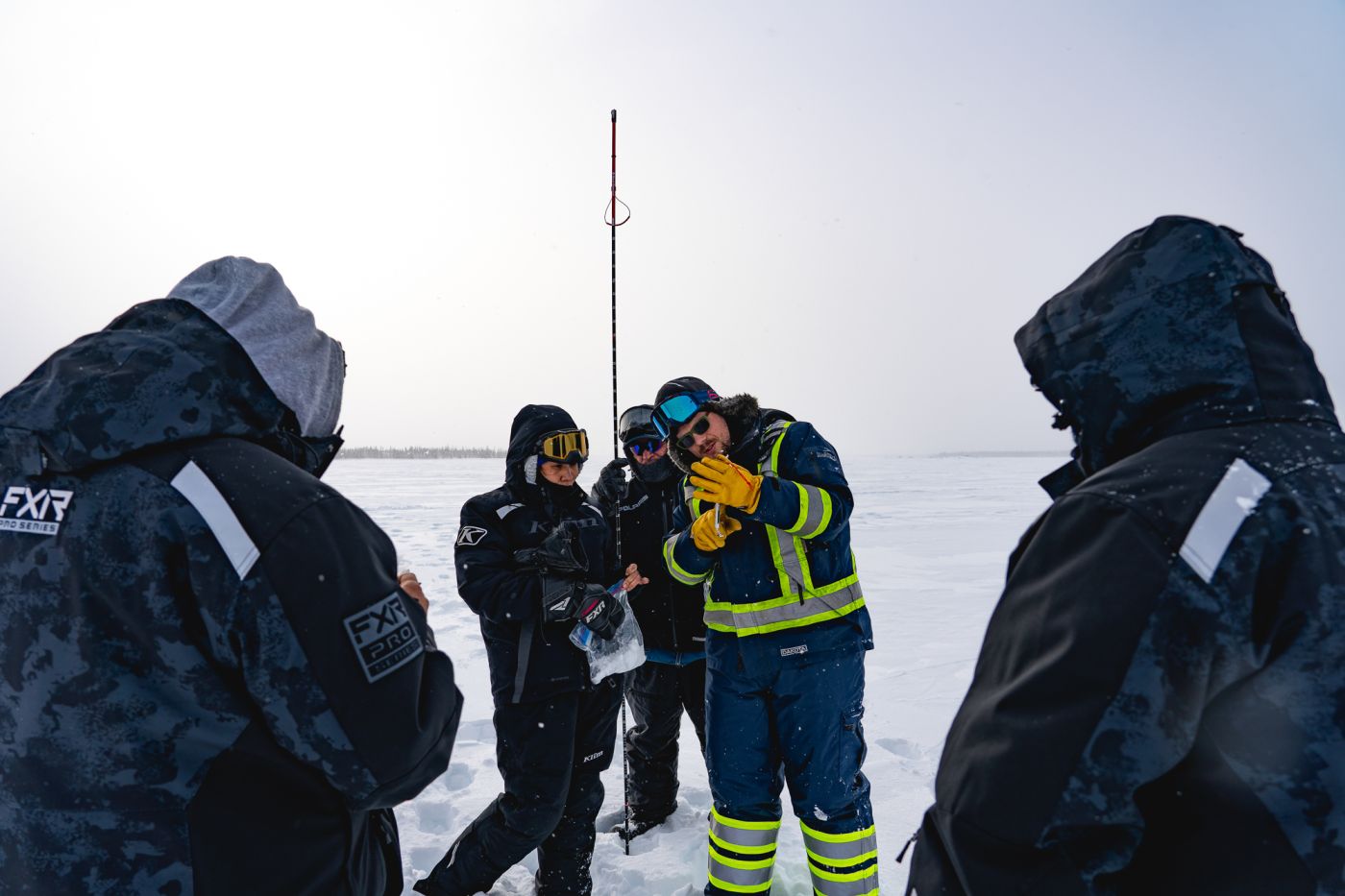
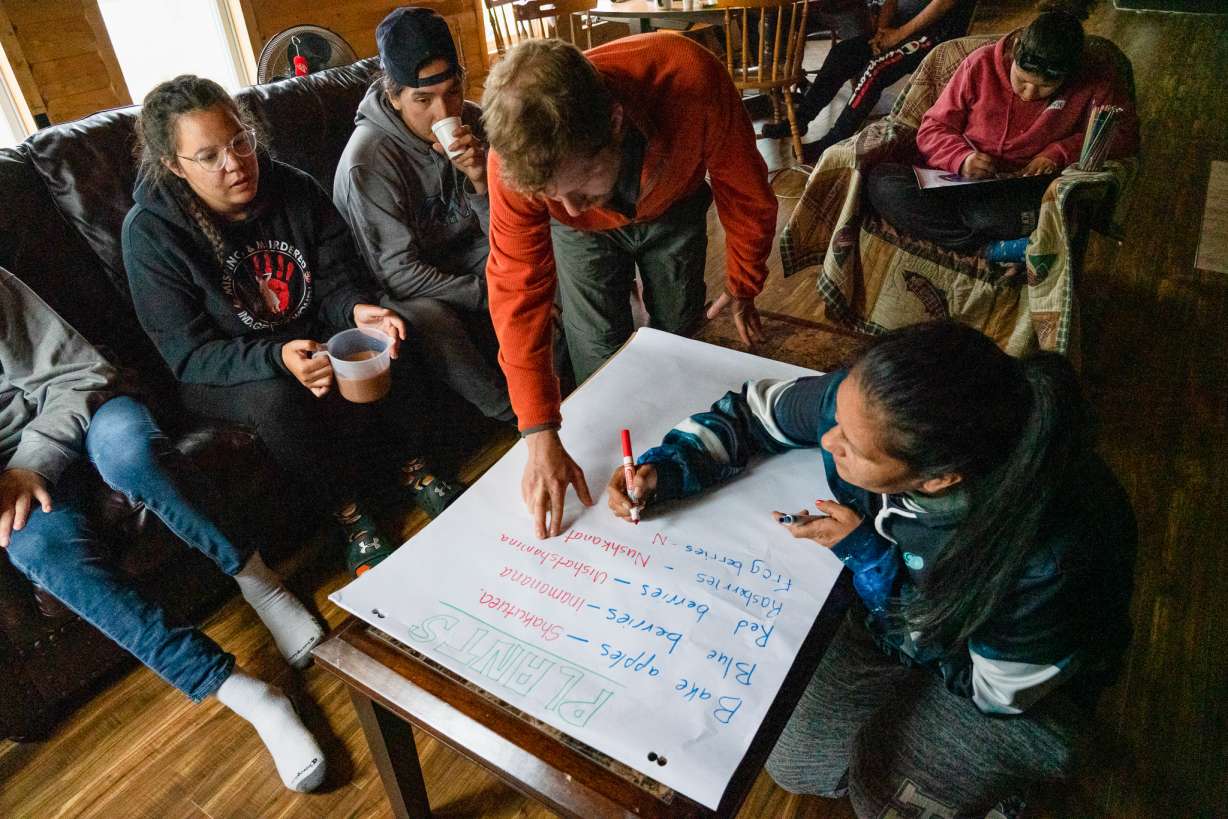
Water First’s work with Sheshatshiu Innu First Nation (SIFN) is another example of a relationship with longevity. One of the benefits of this long-term collaboration is the opportunity for fieldwork at different points in the year. Last summer, Water First staff travelled to Park Lake, Labrador, to work with SIFN on projects to support strengthened capacity for fisheries management. And then, in February, the team revisited Park Lake for a winter water monitoring workshop. We look forward to more visits in the future!
